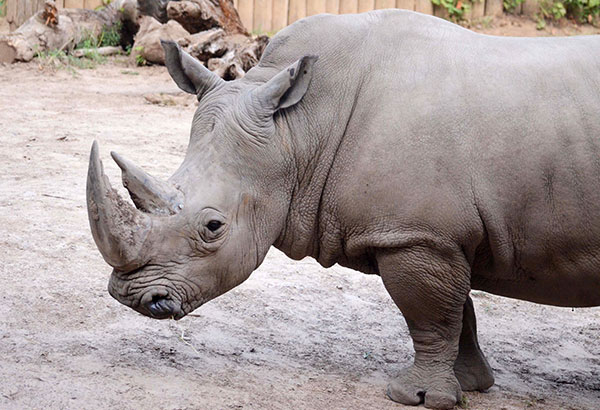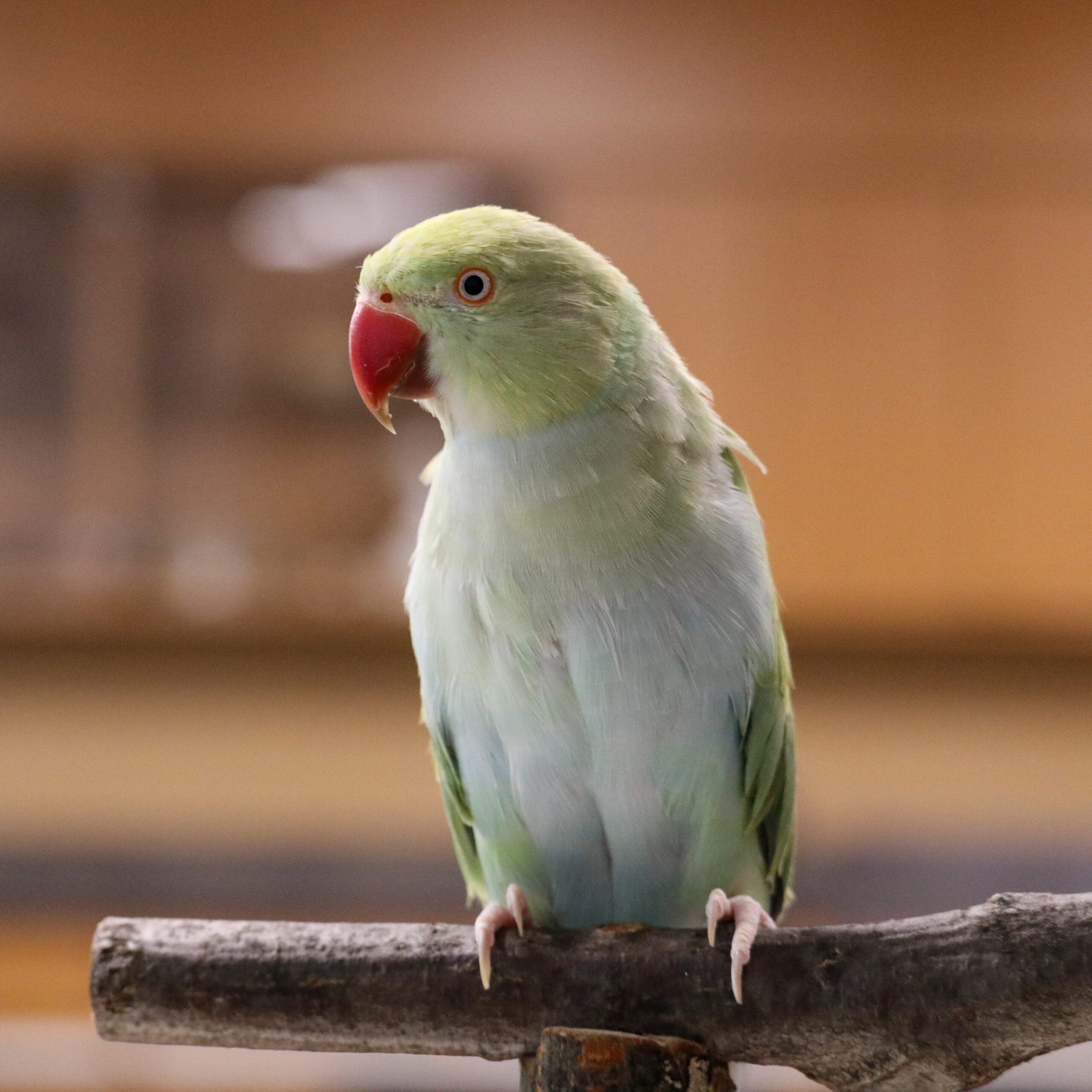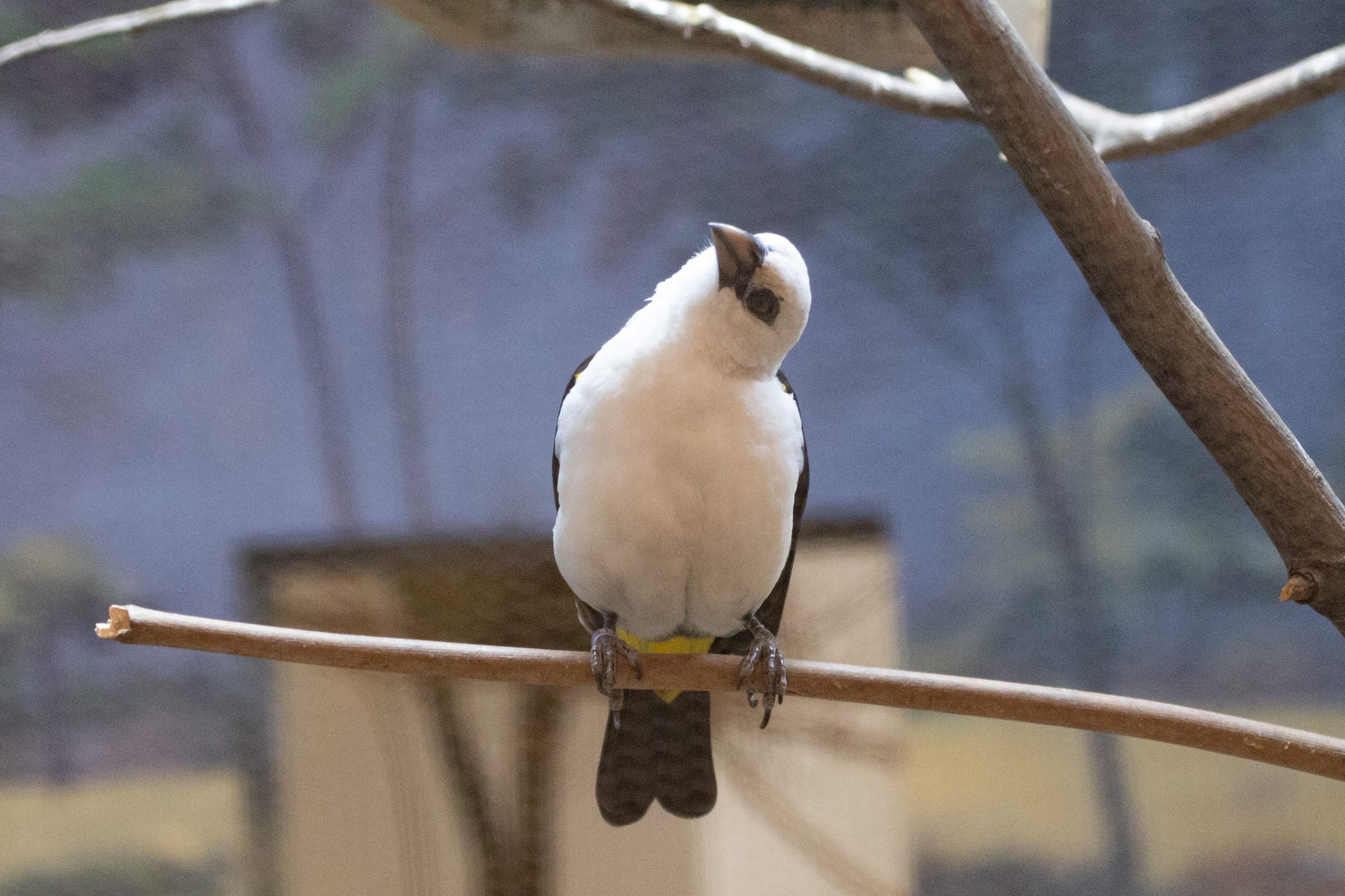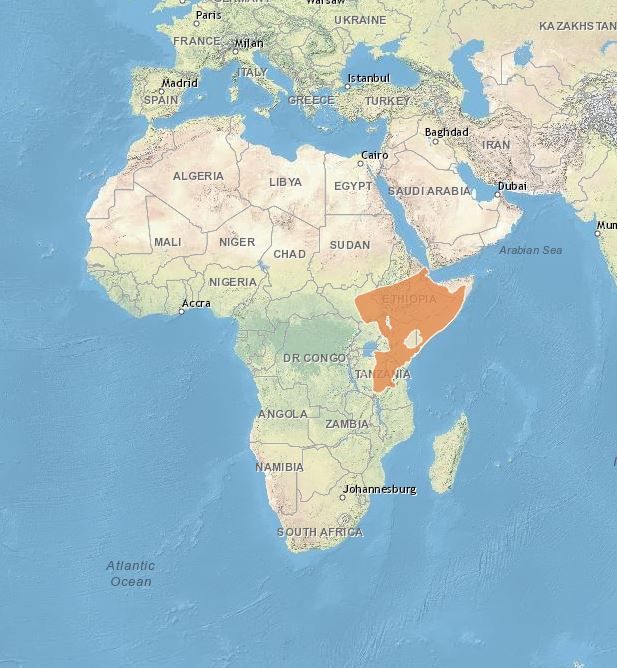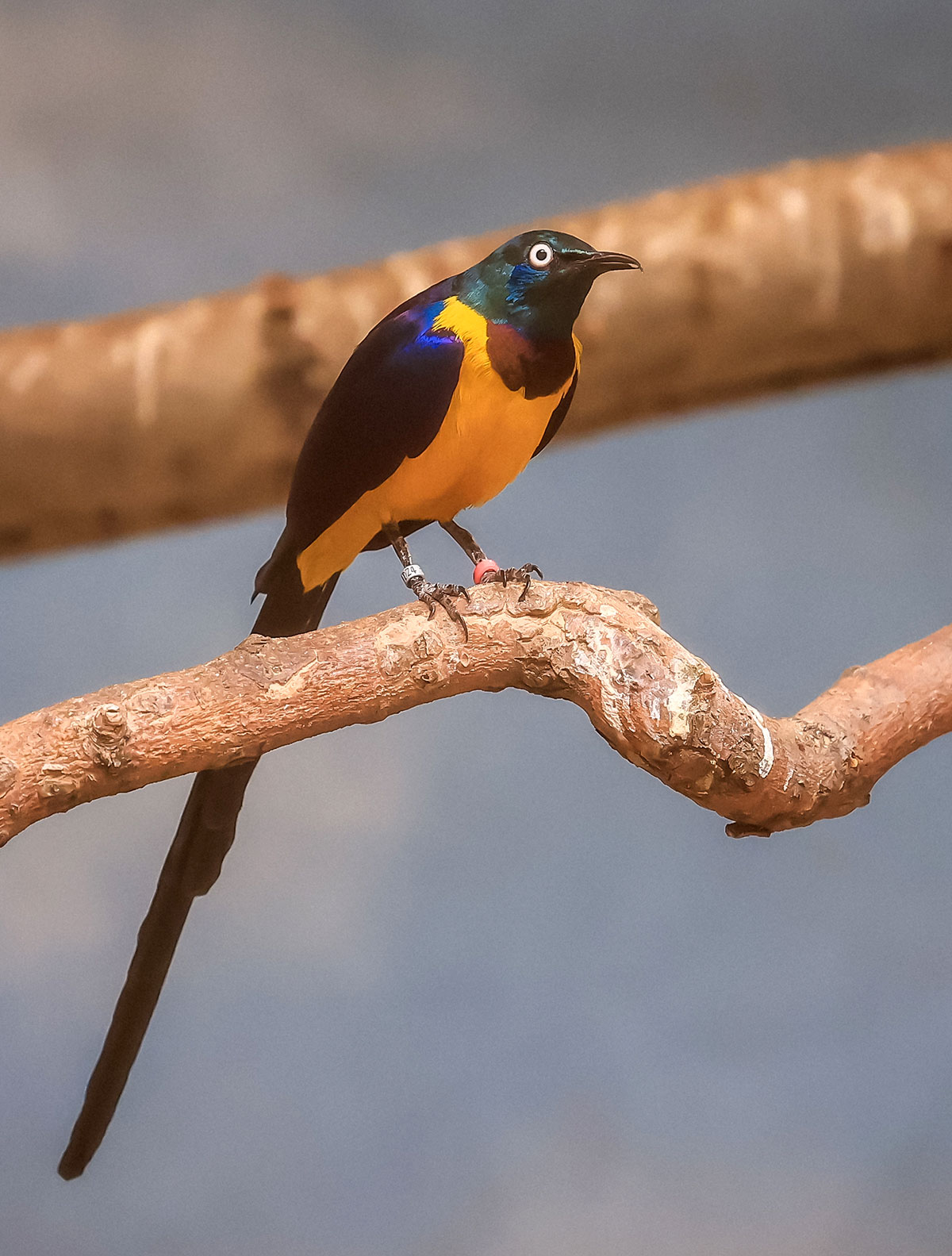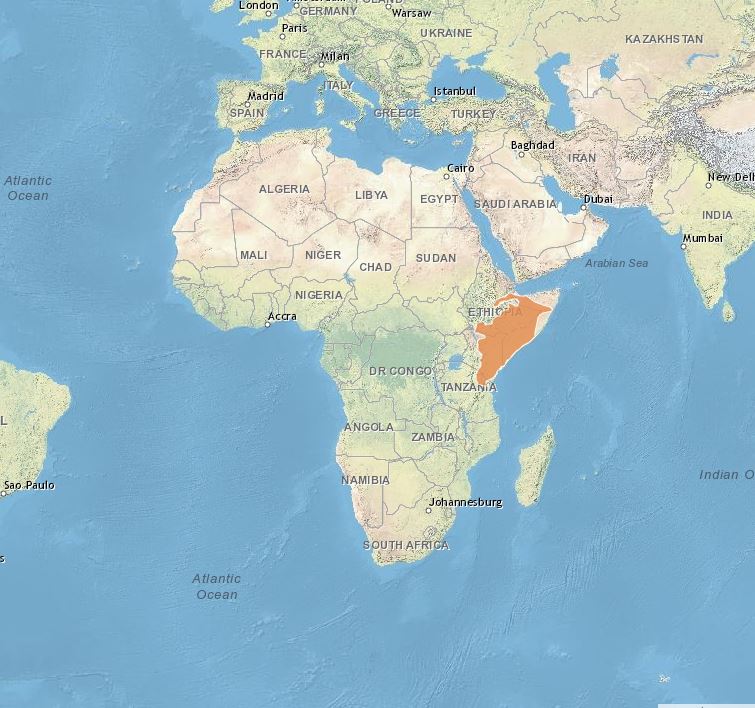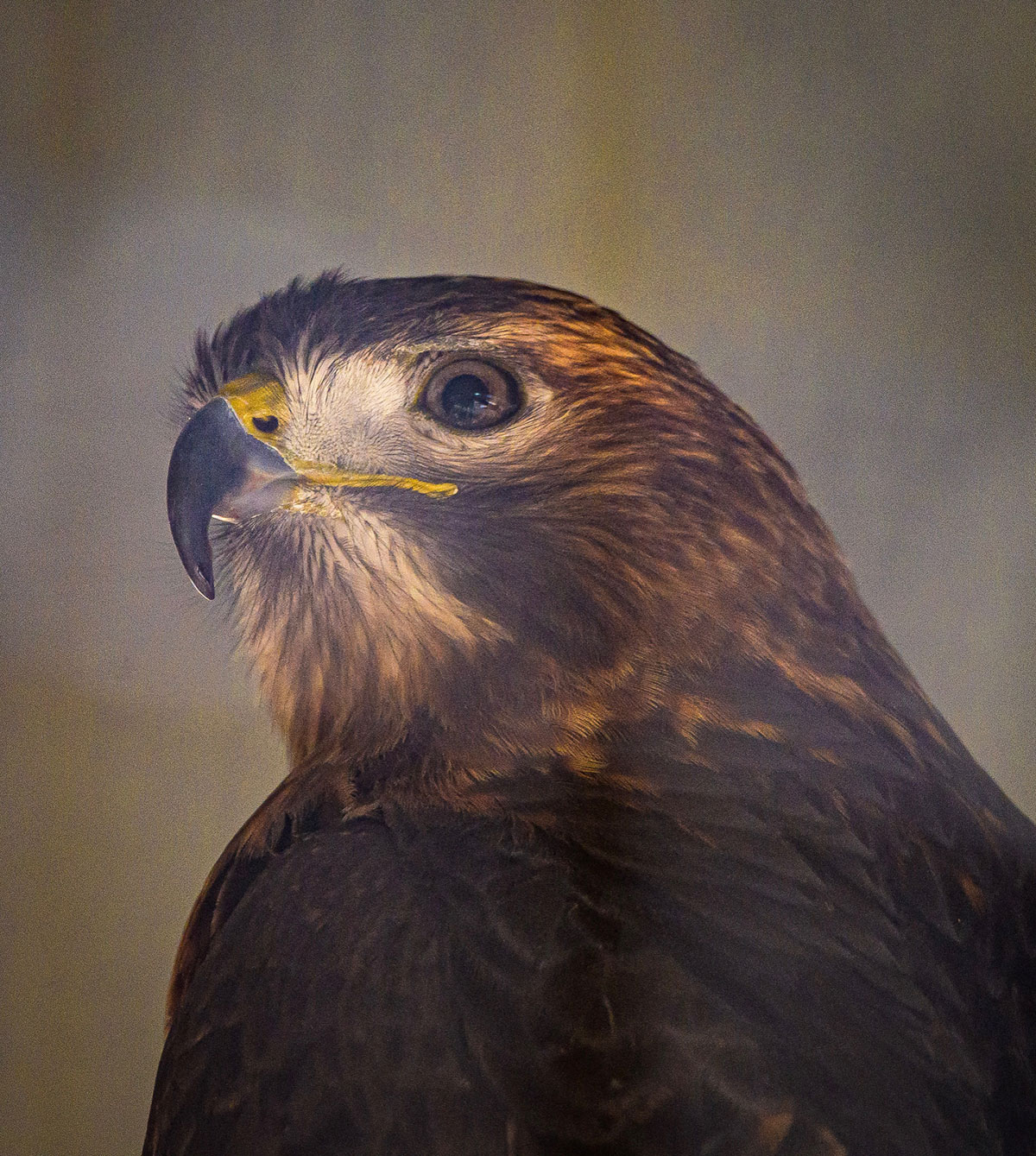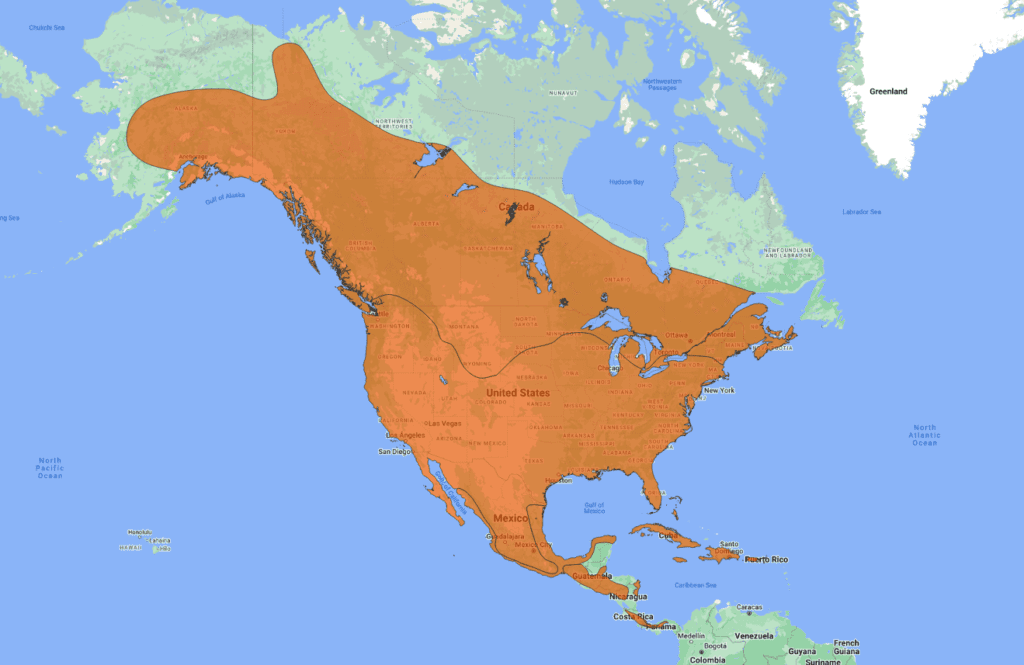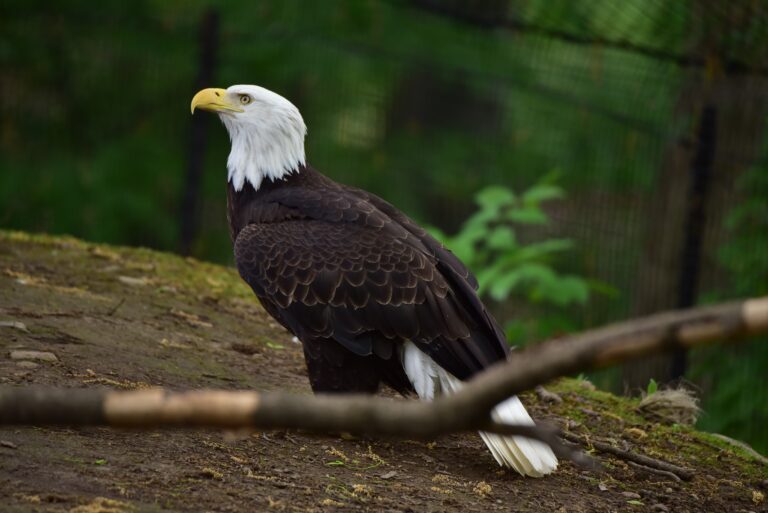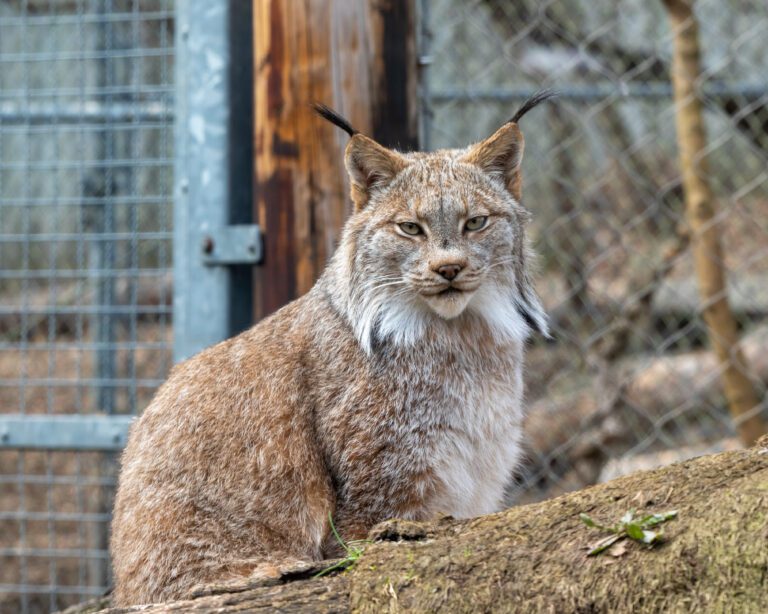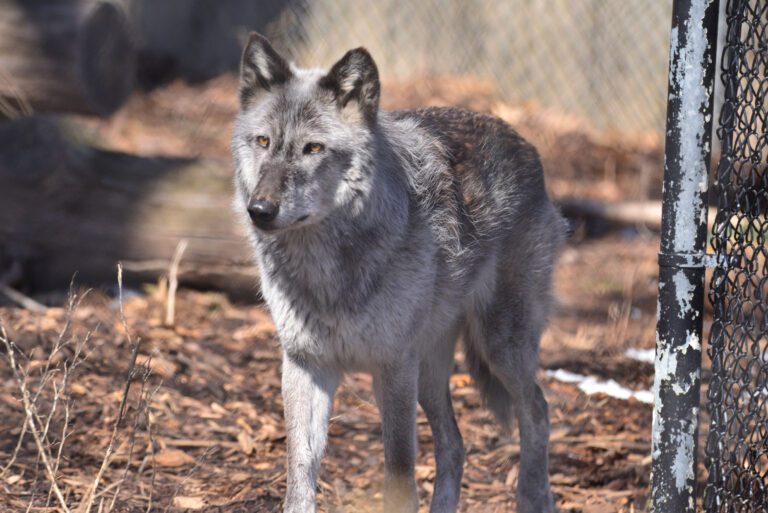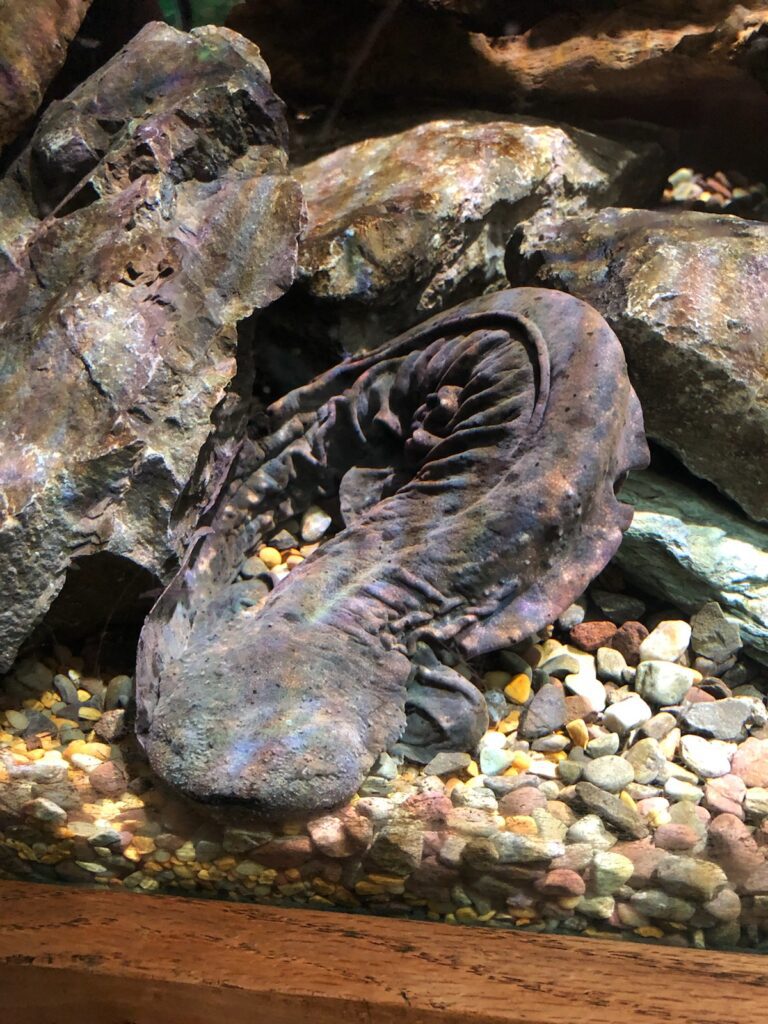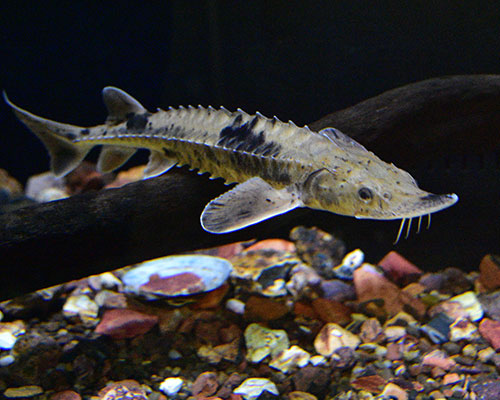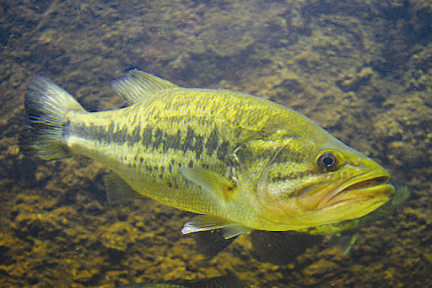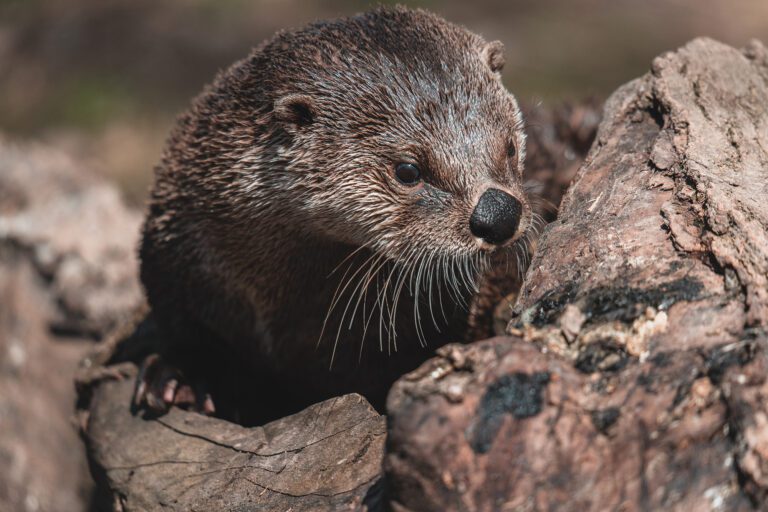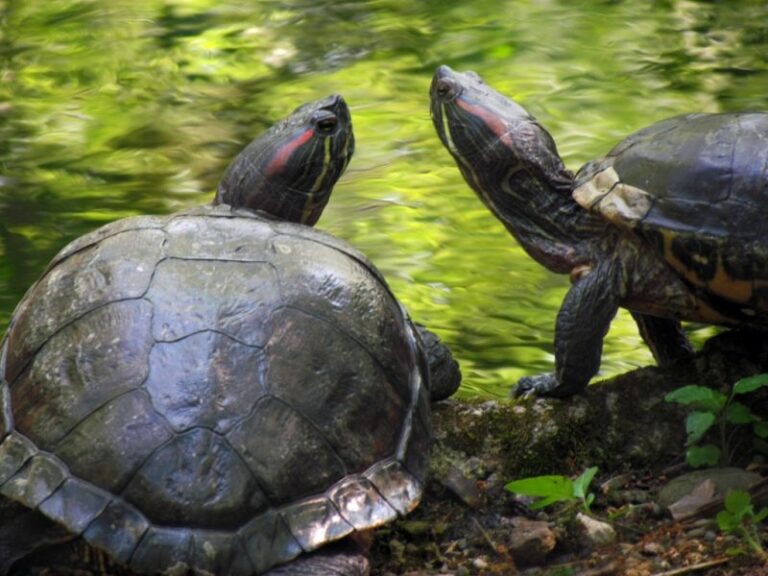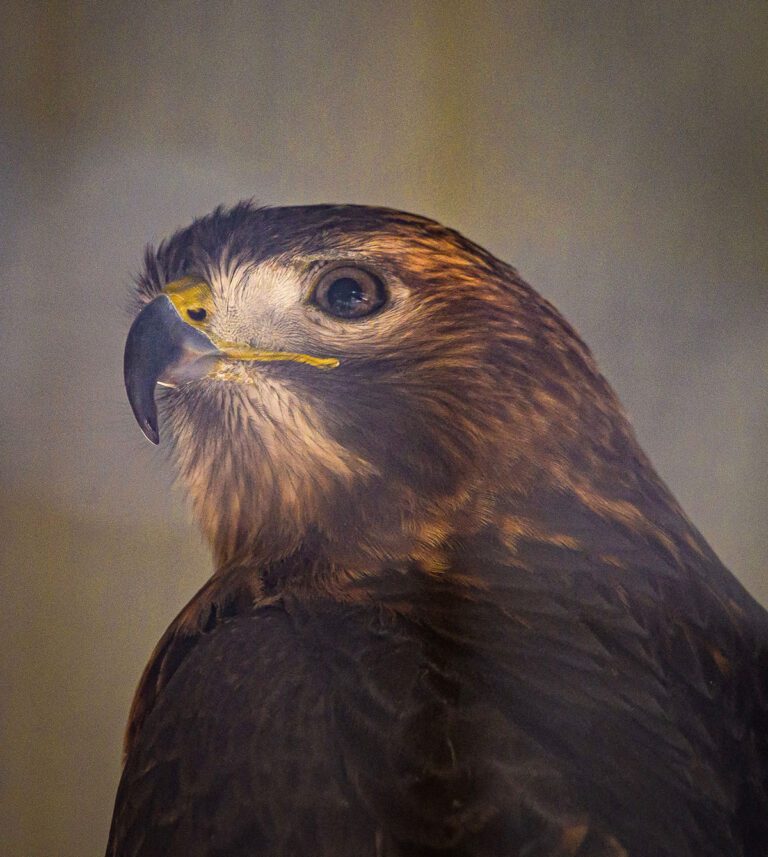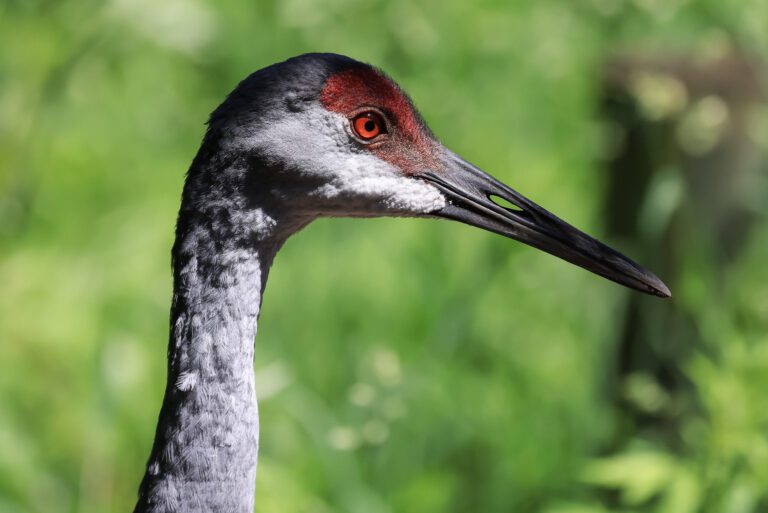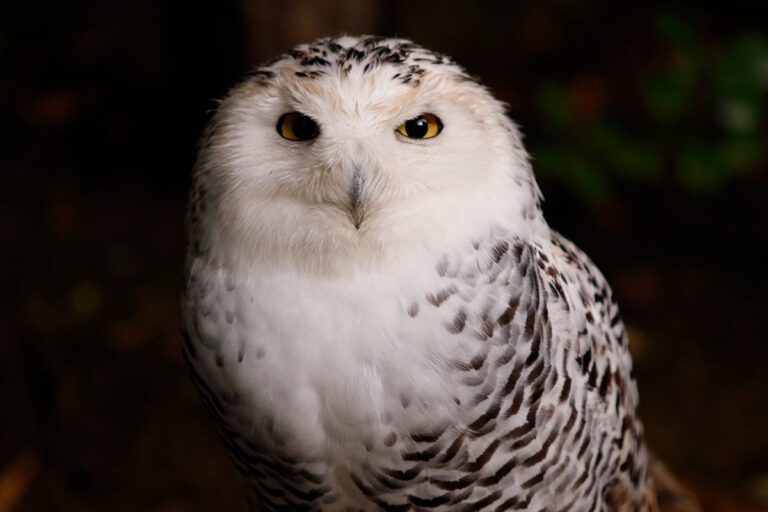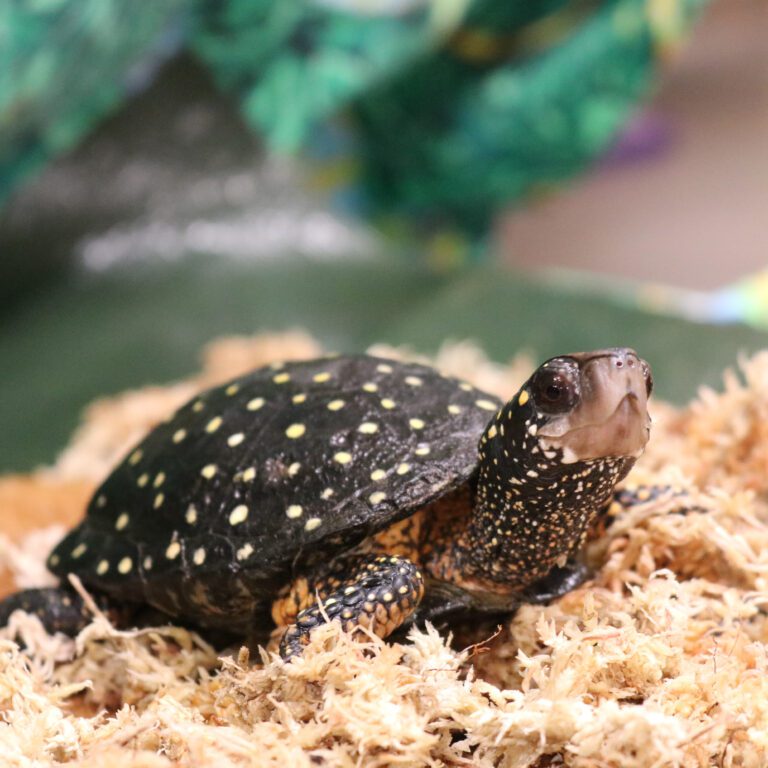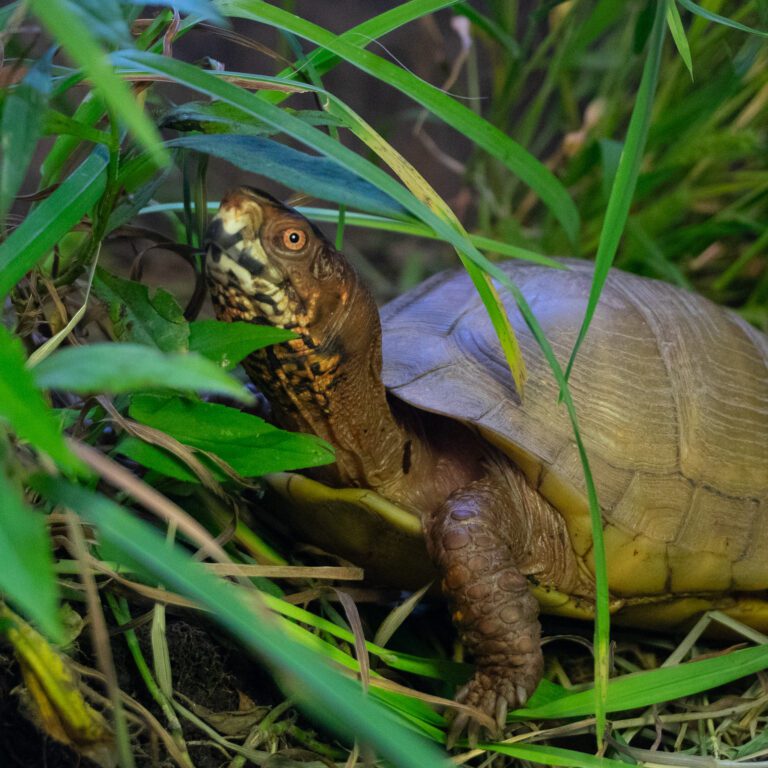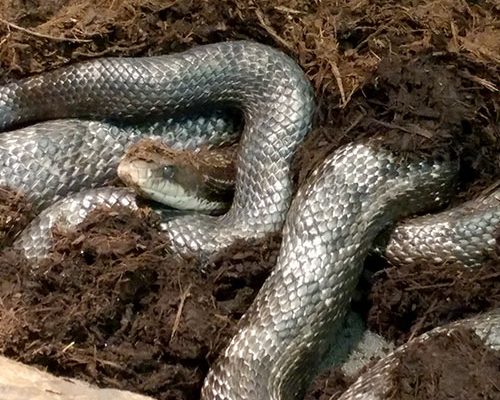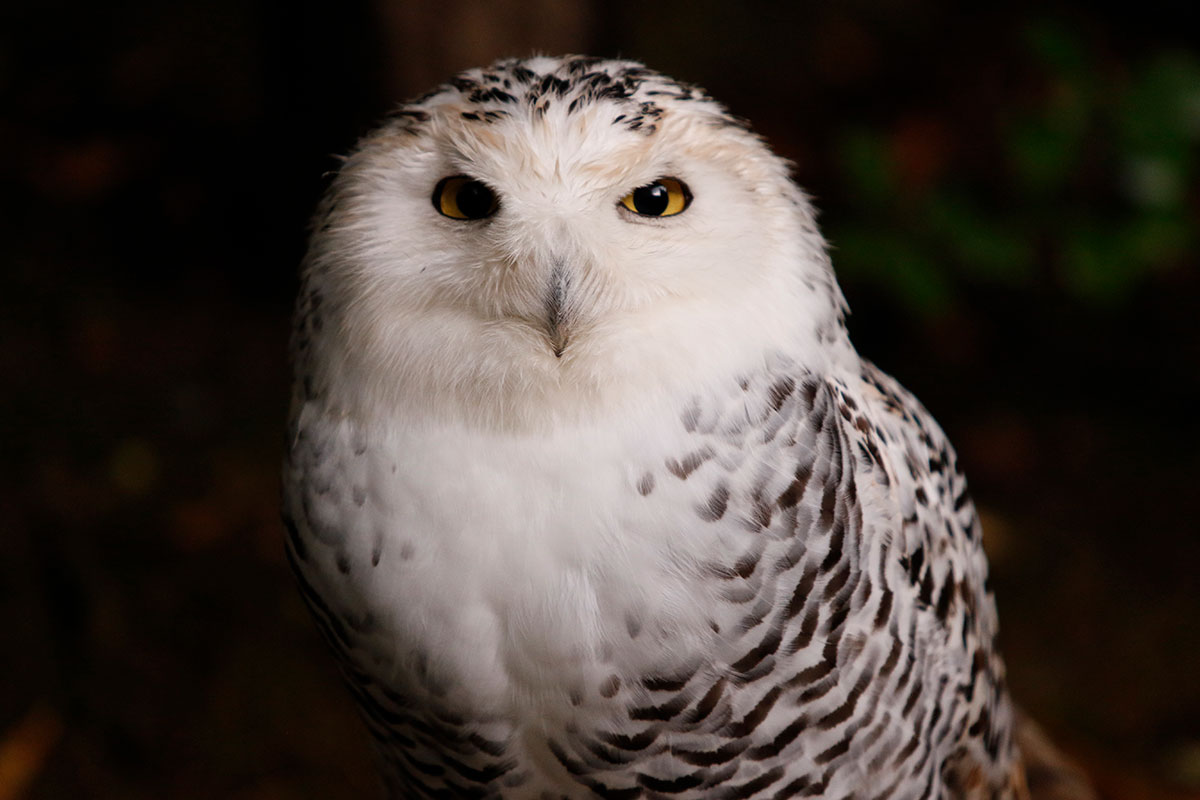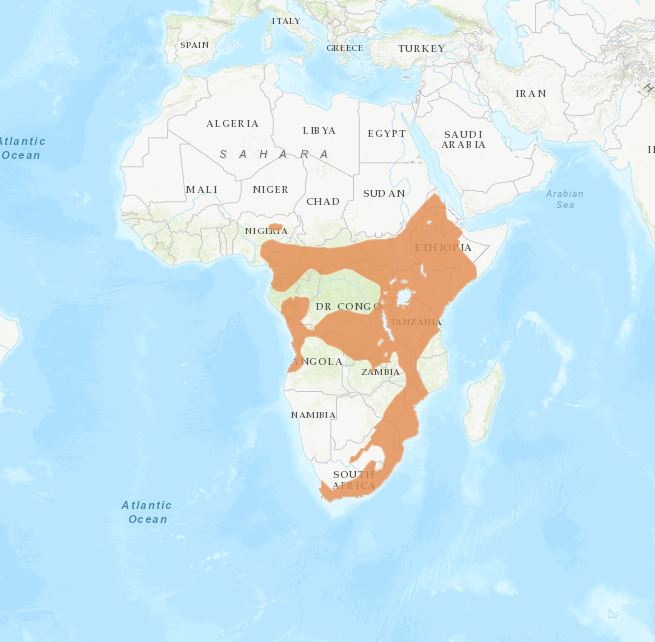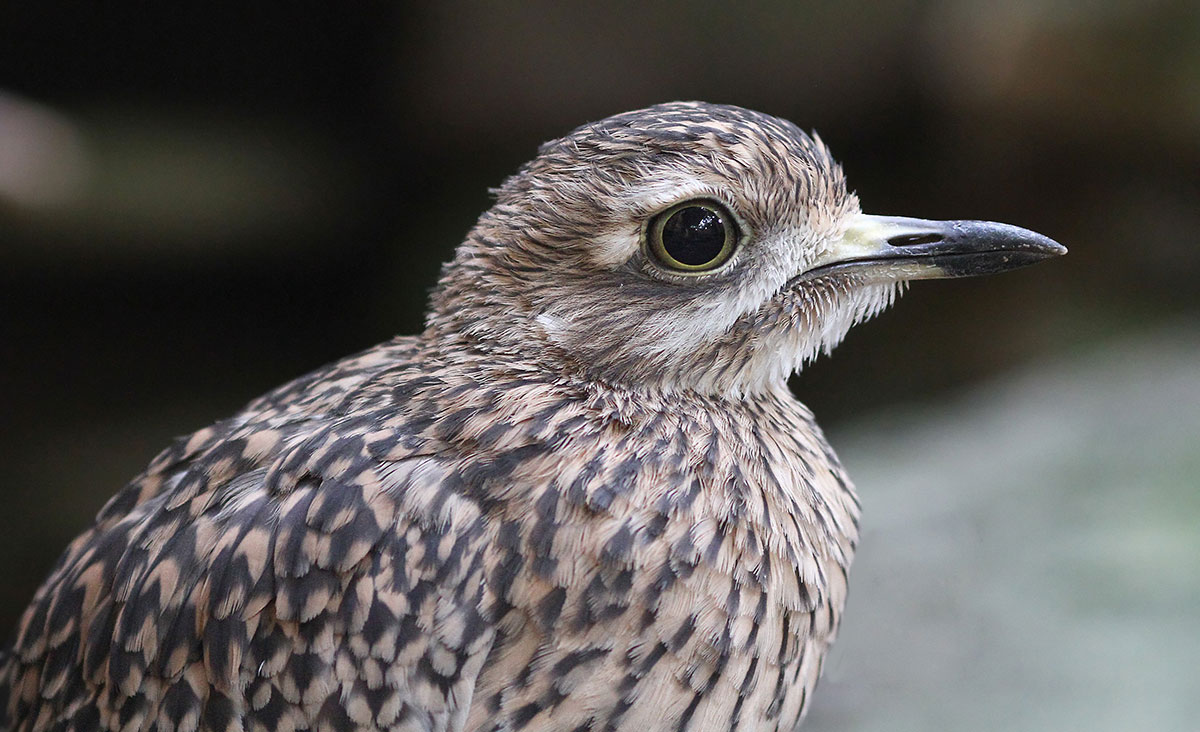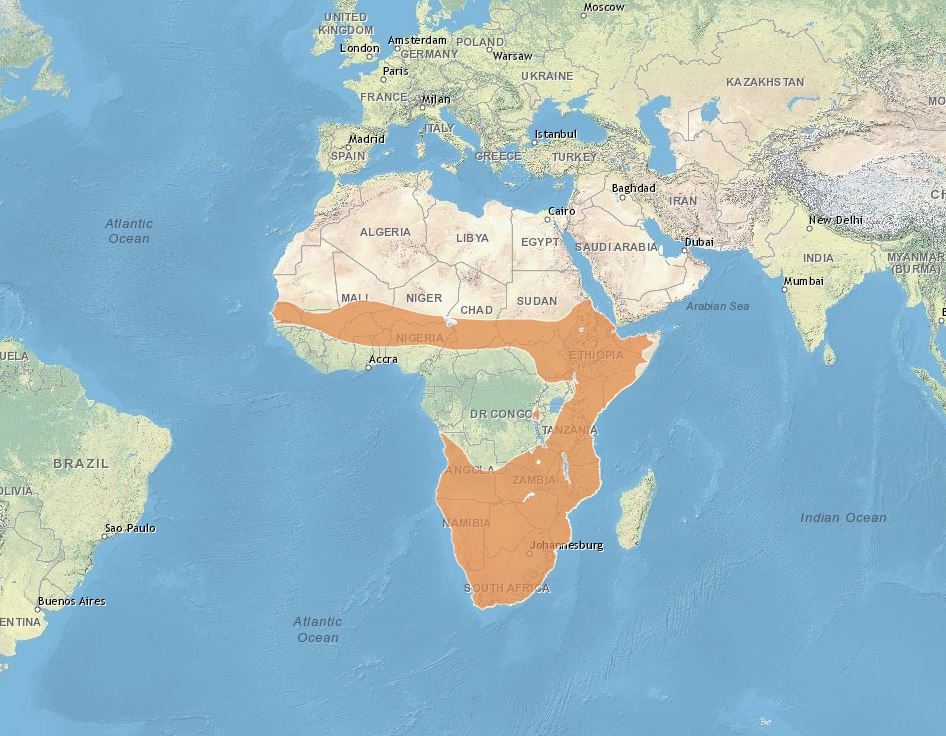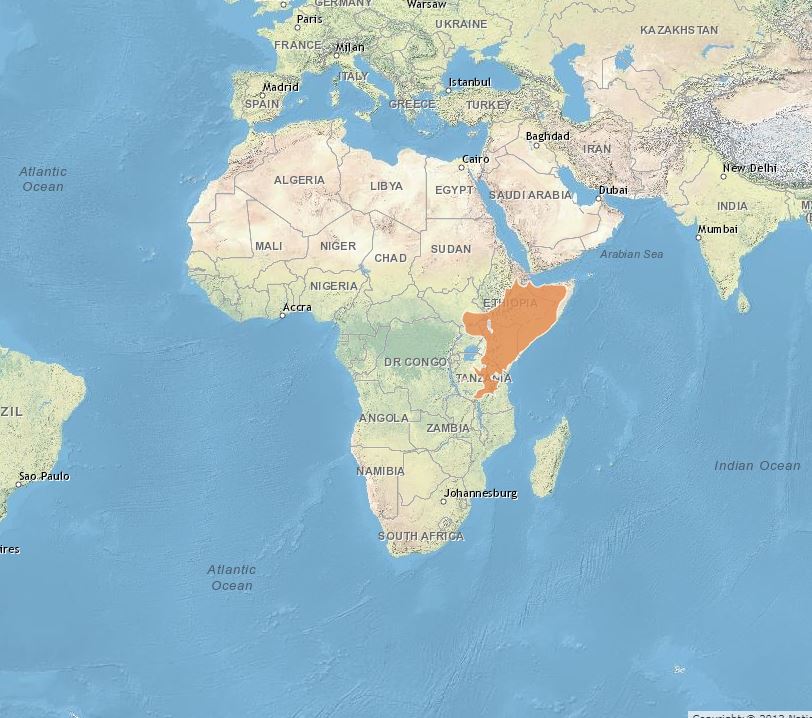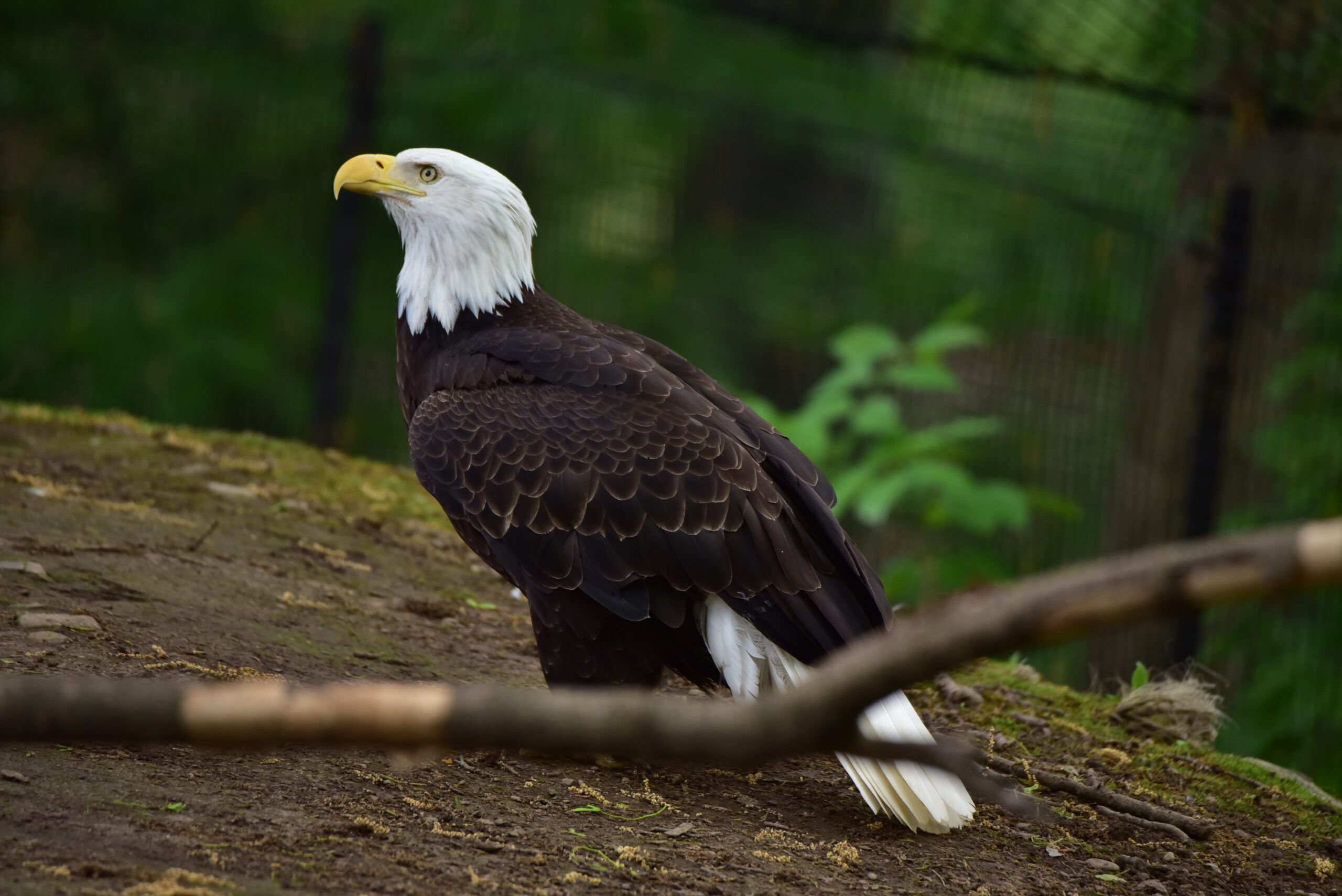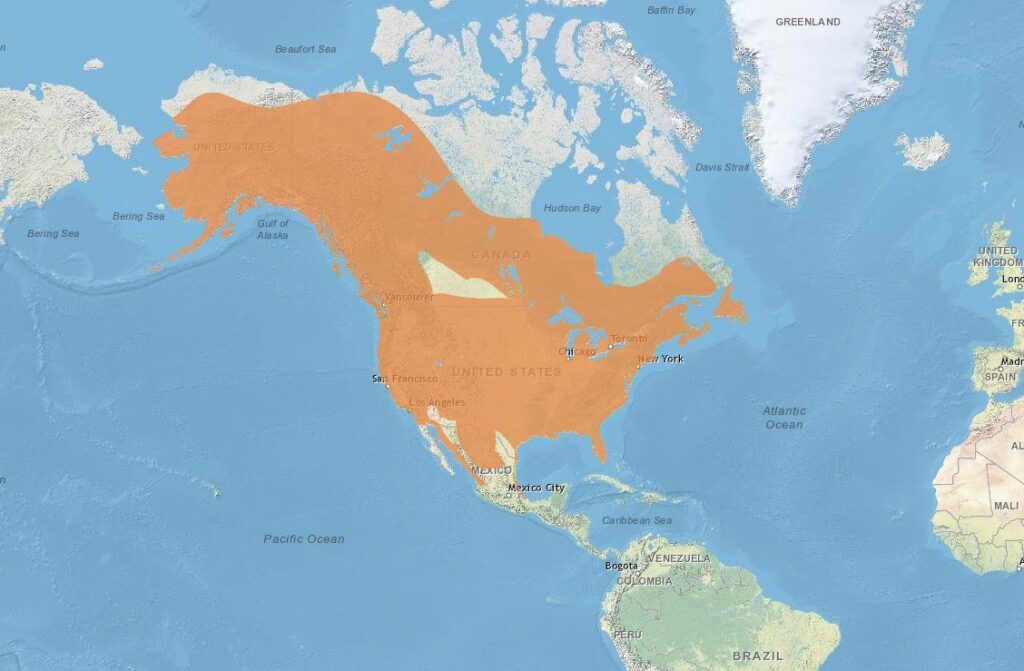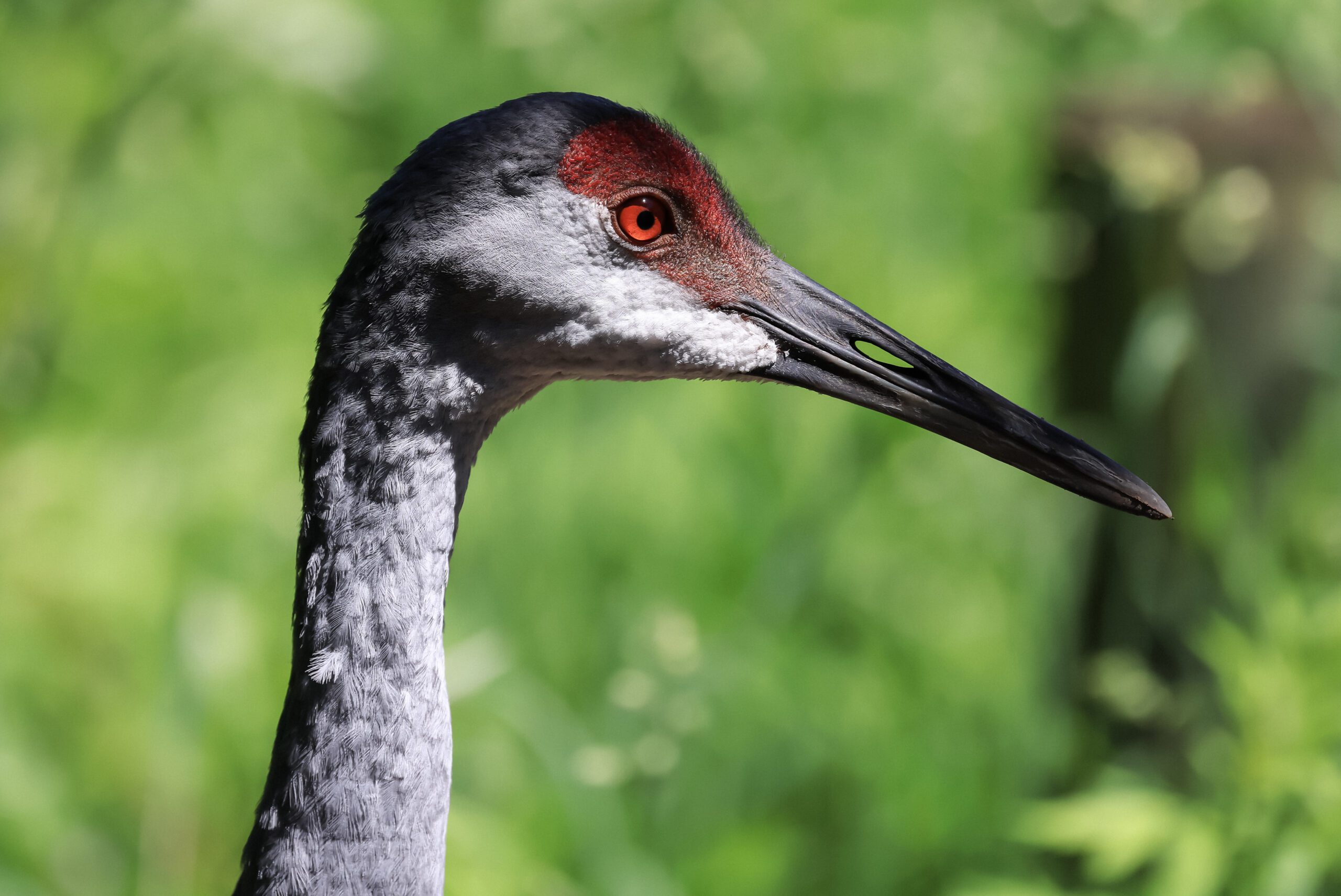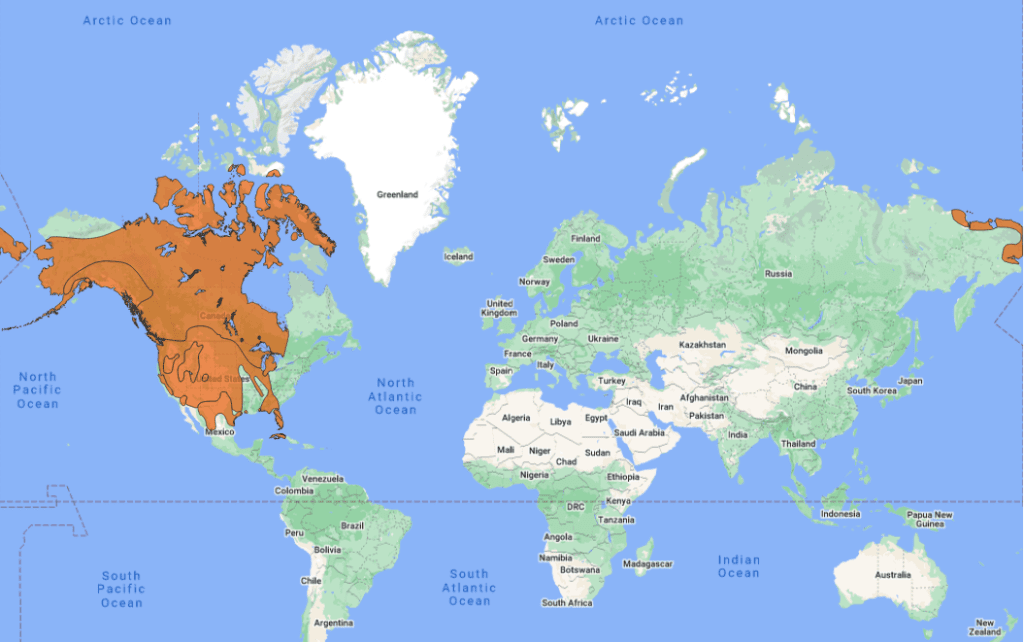Ring-neck Parakeet
Seneca Park Zoo is the home to one female ring-neck parakeet named Stella. Her habitat is inside the annex as part of the program animal collection.
Animal Facts
Ring-neck parakeets have a green body with a red beak. They have a long, pointed tail that can be up to 10 inches long, more than half of the body's length.
Gregarious and loud. These birds use a shared roost throughout the year. The number of parakeets in the roost during spring decreases dramatically because the female birds stay on their nests while the males return to the roost. They do not migrate and are well adapted to living in areas that are affected by humans.
They have been kept as pets since ancient Greek and Roman times. Alexandrine parakeets (a close relative of the ring-neck parakeet) are named after Alexander the Great, who transported these birds from India to Europe.
Diet
Ring-neck parakeets are herbivorous, feeding on buds, seeds, grains, fruits, vegetation, and nuts.
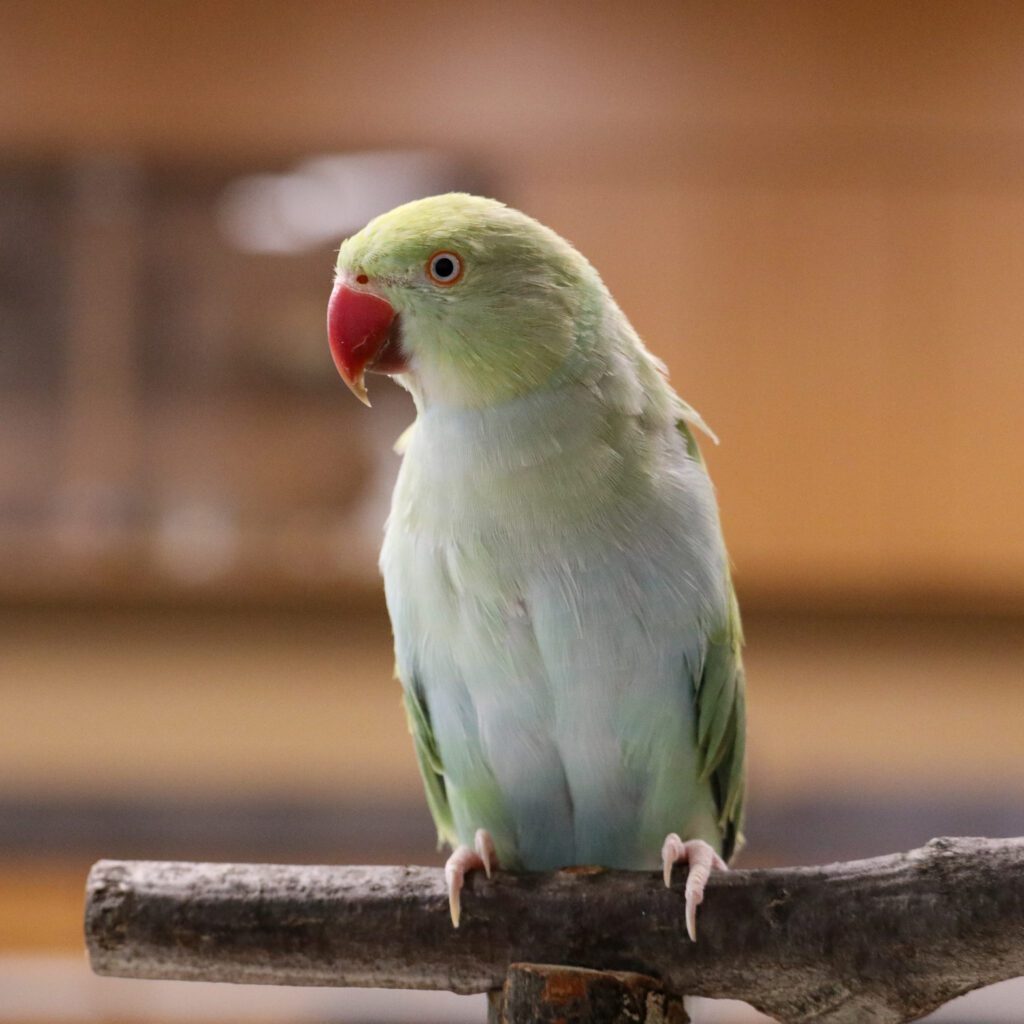

Previous
Next
Status in The Wild
- Least Concern
International Union for Conservation of Nature (IUCN) Red List status
Ring-neck parakeets range widely throughout Central Africa, India, and neighboring countries.
This parrot is not very picky when it comes to its habitat, inhabiting light secondary forest, riparian woodland, mangroves, savanna grasslands, and deserts. They are often found on farms, in urban and suburban environments, and in parks and gardens.
More Animals From Africa
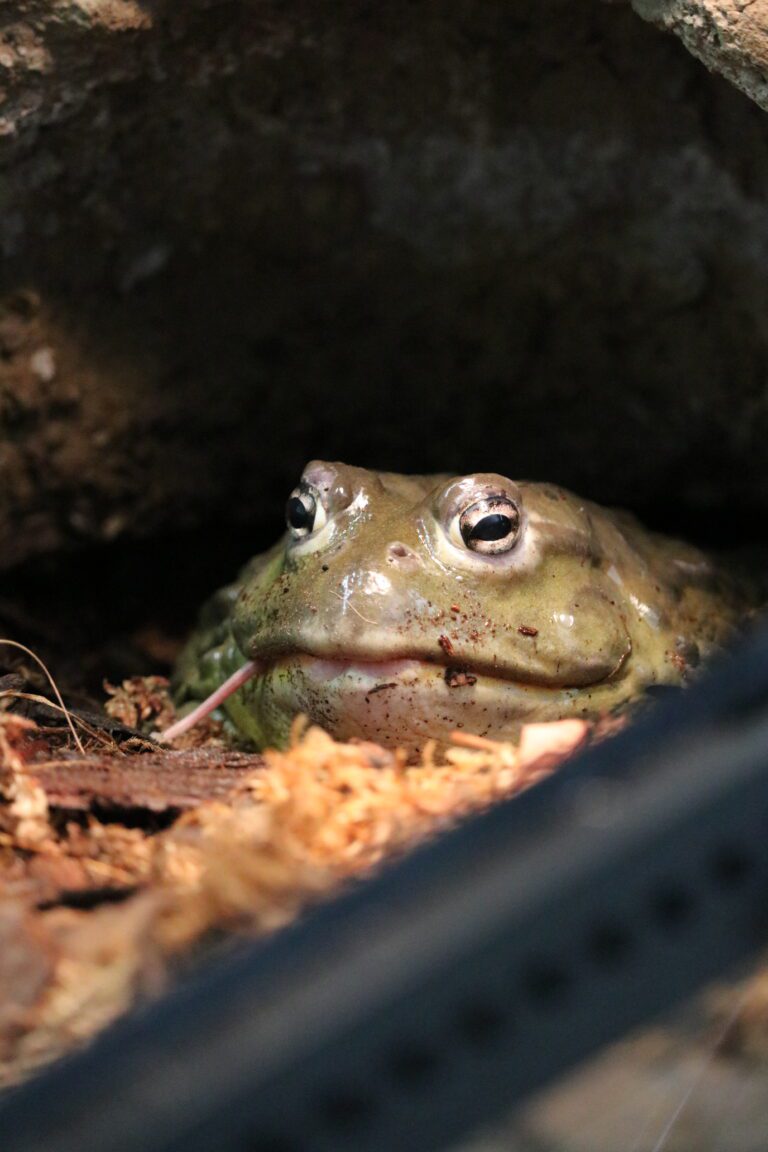






African Bullfrog (Ambassador Animal)
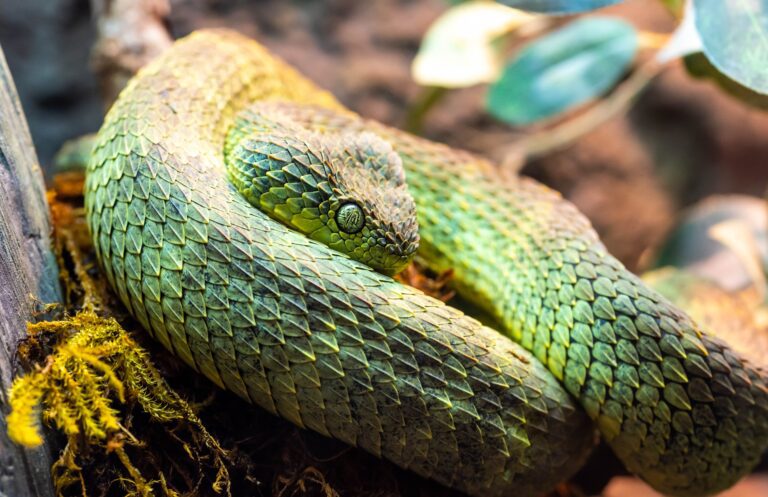






African Bush Viper
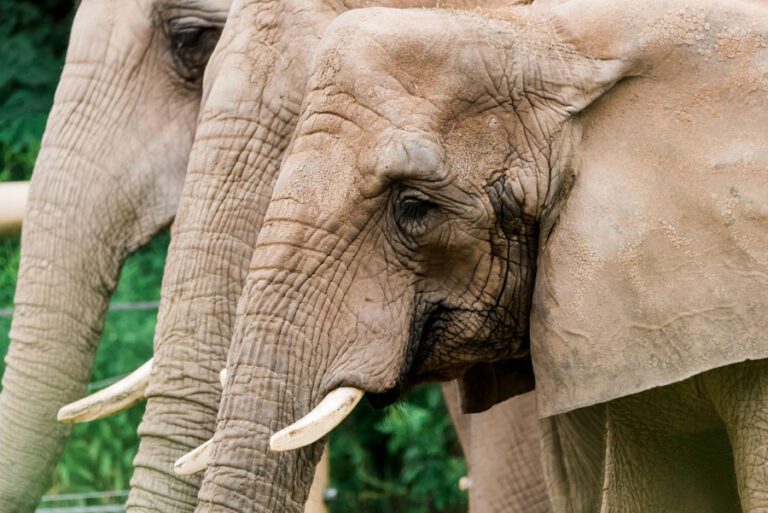






African Elephant
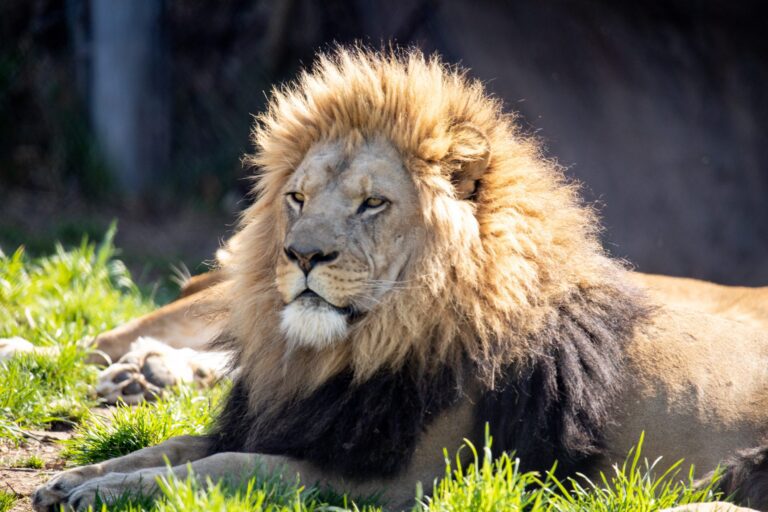






African Lion
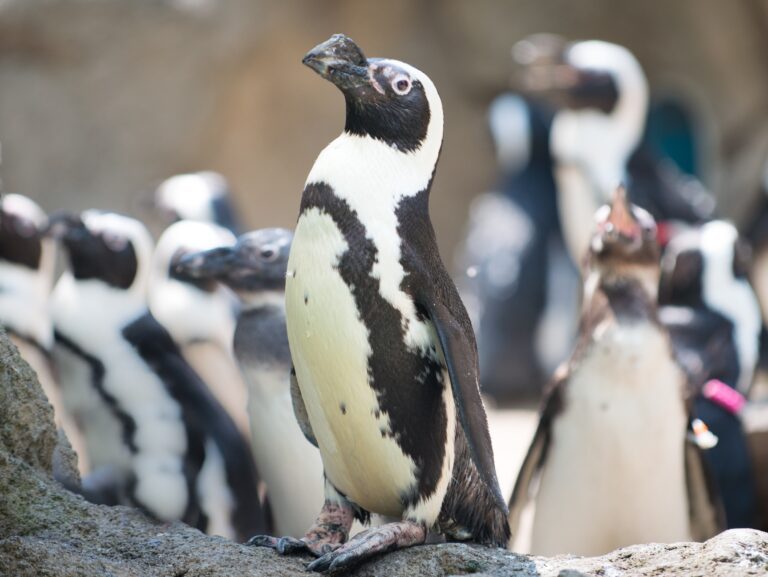






African Penguin
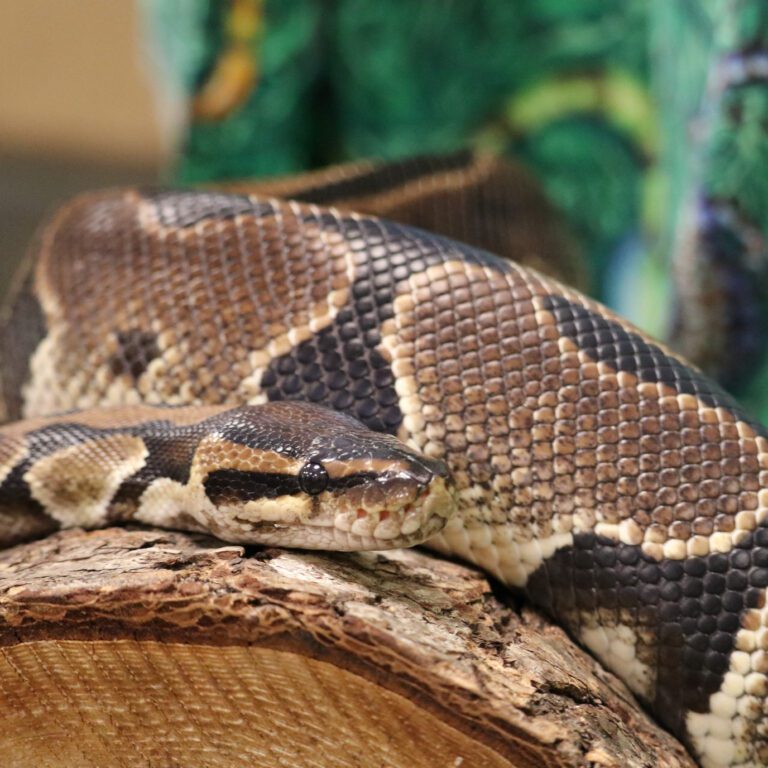






Ball Python (Ambassador Animal)
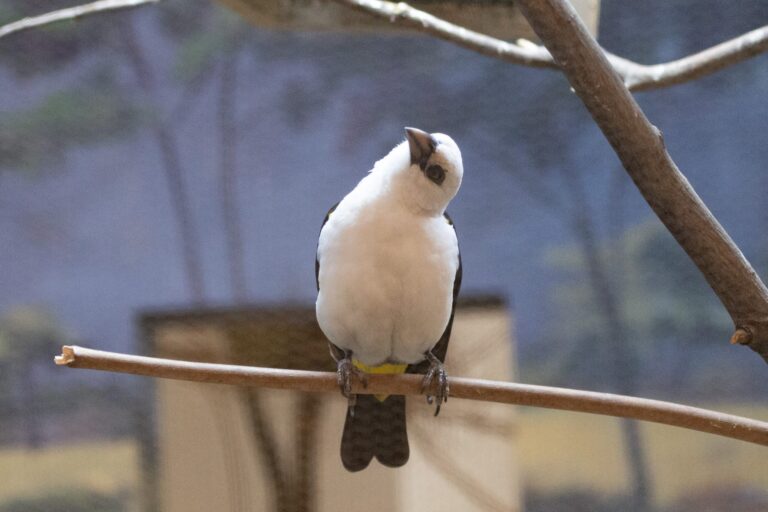






Buffalo Weaver
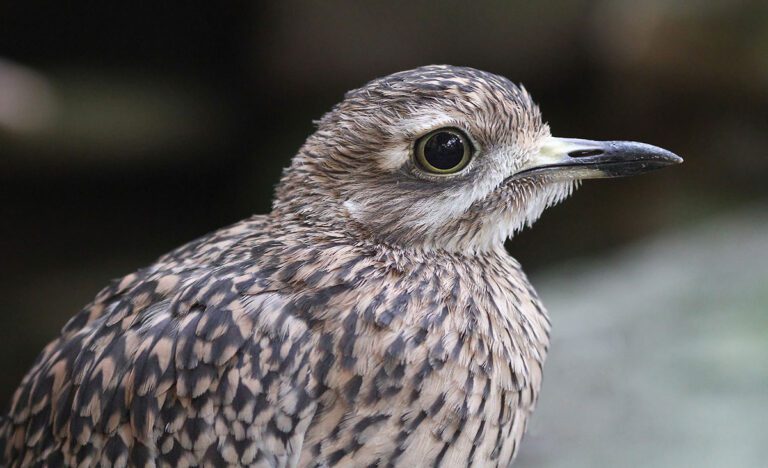






Cape Thick-Knee
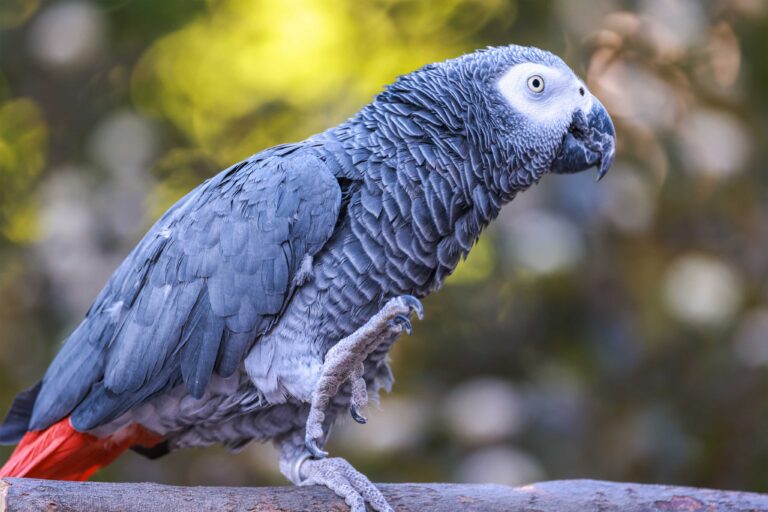






Congo African Grey Parrot (Ambassador Animal)
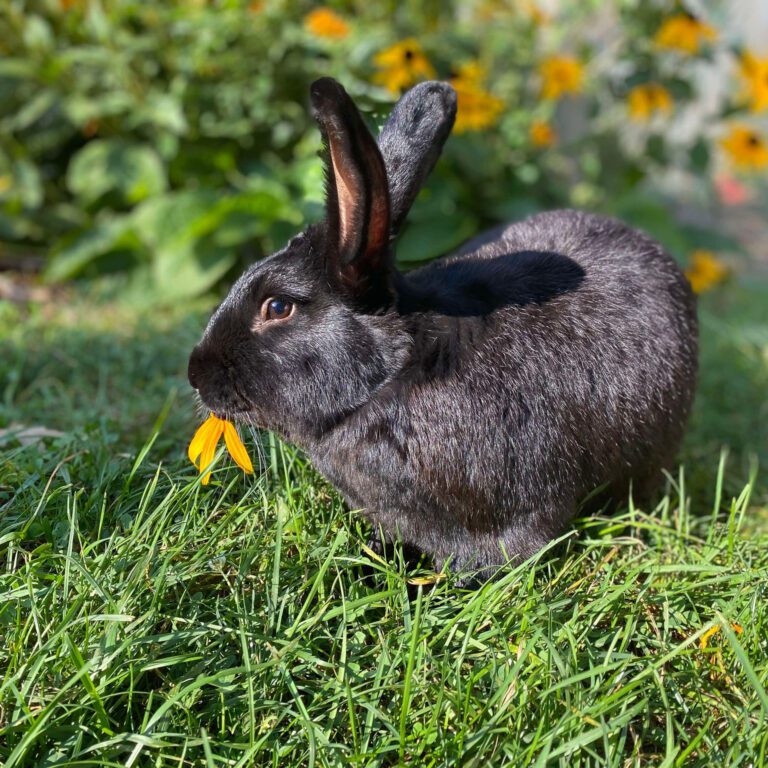






Domestic Rabbit (Ambassador Animal)
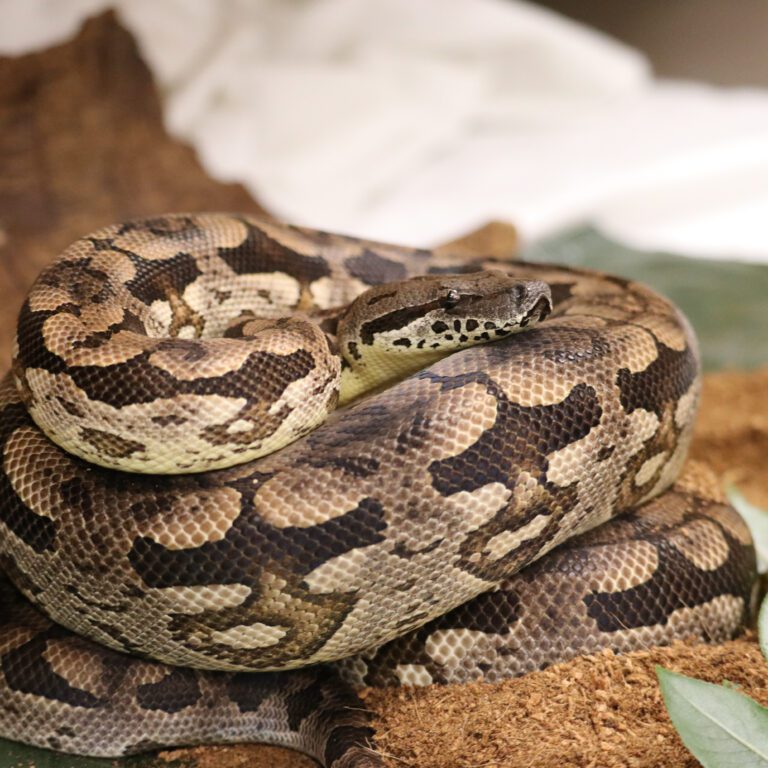






Dumeril’s Ground Boa (Ambassador Animal)
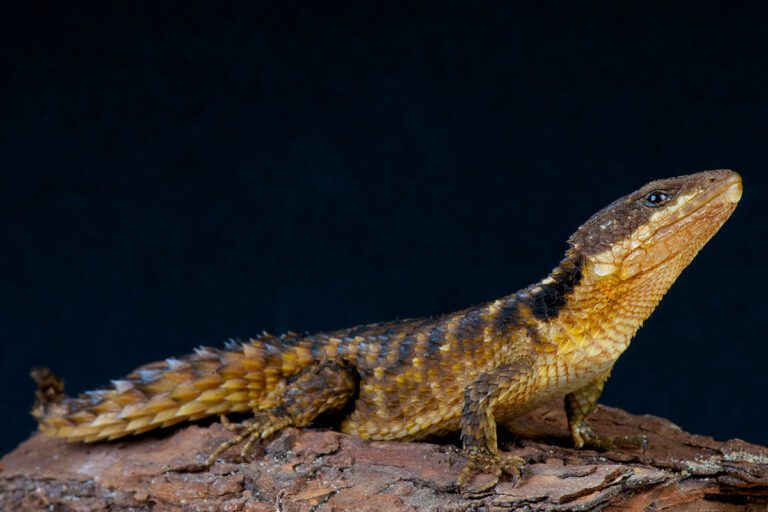






East African Spiny-Tailed Lizard
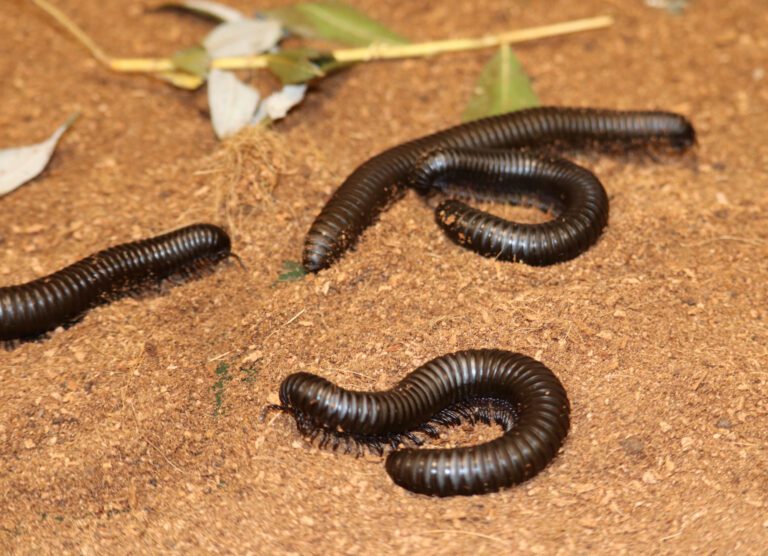






Giant African Millipede (Ambassador Animal)
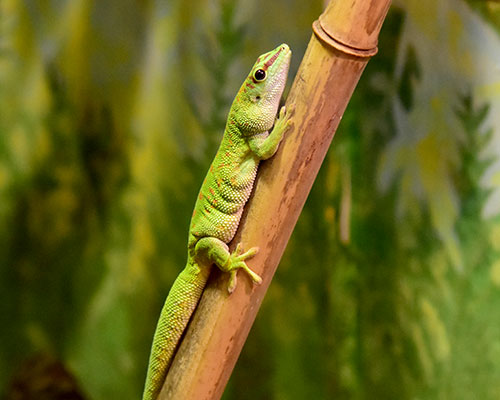






Giant Day Gecko
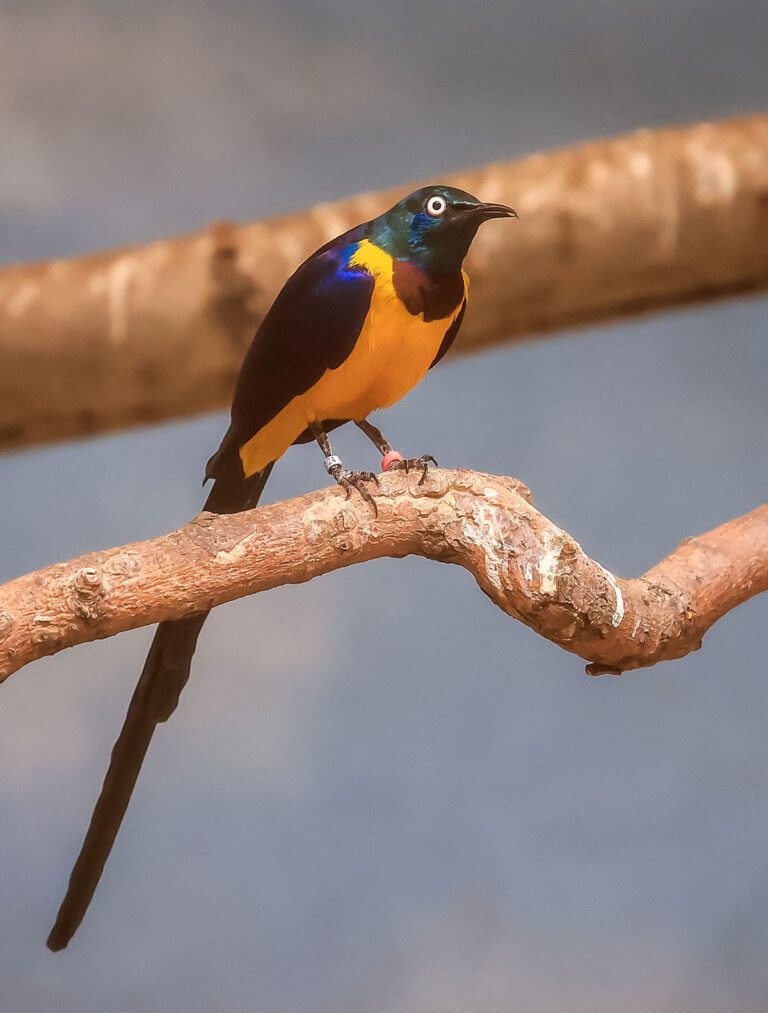






Golden-Breasted Starling
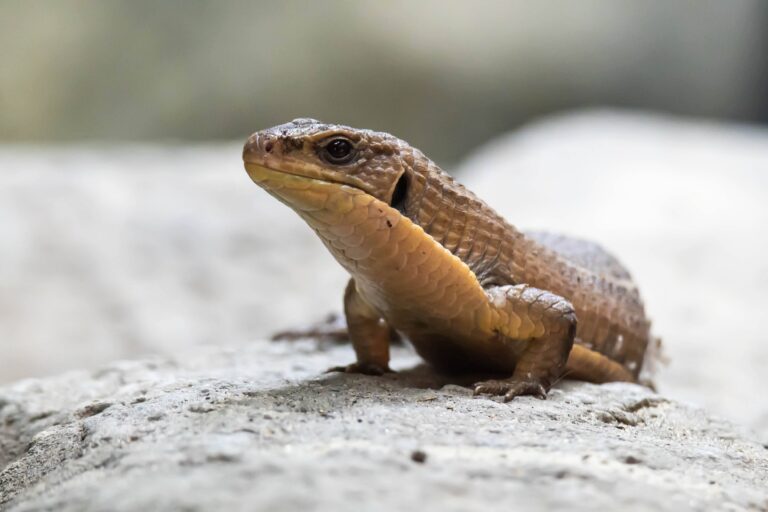






Great Plated Lizard
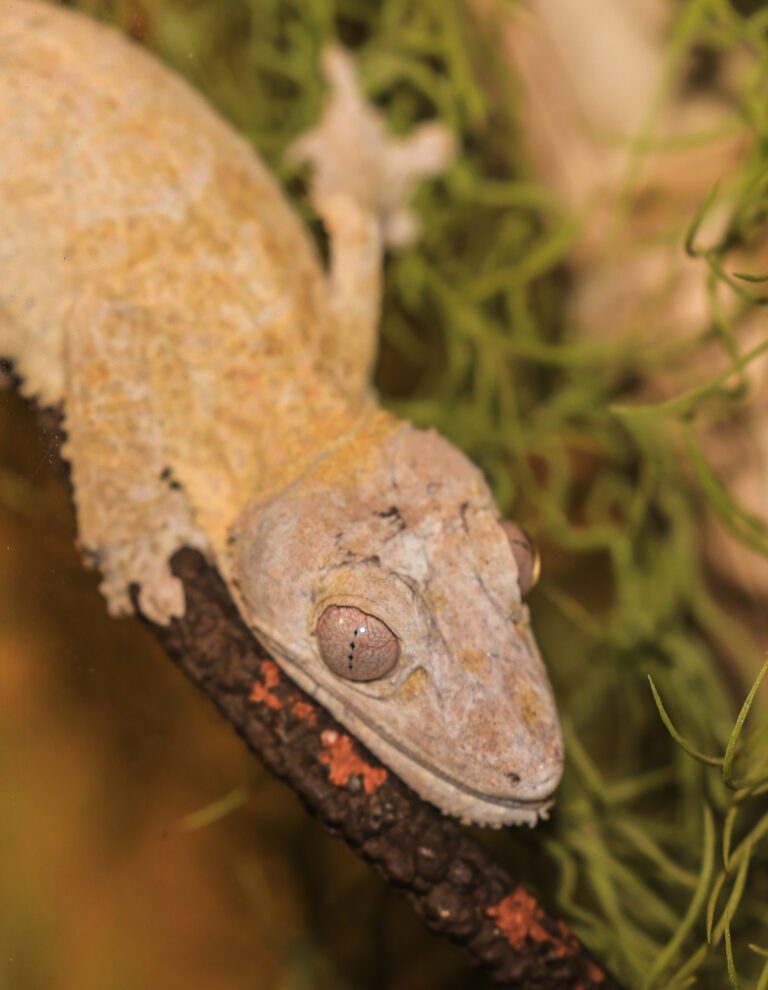






Henkel’s Leaf-Tailed Gecko
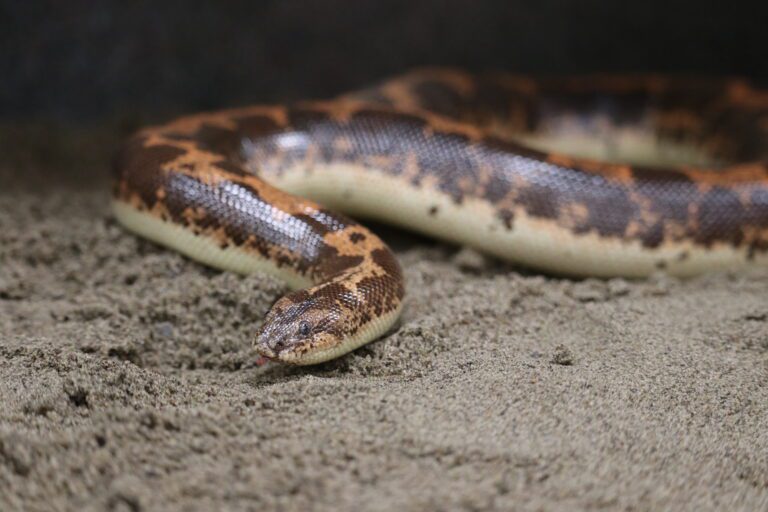






Kenyan Sand Boa (Ambassador Animal)
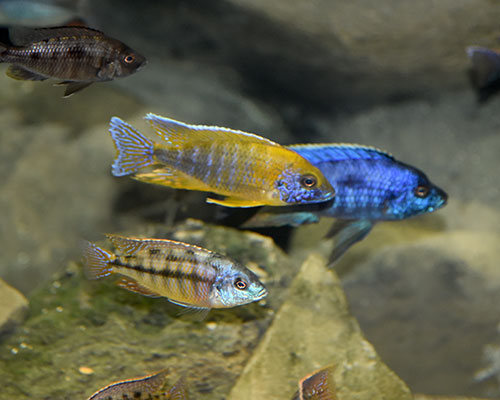






Lake Malawi Cichlids
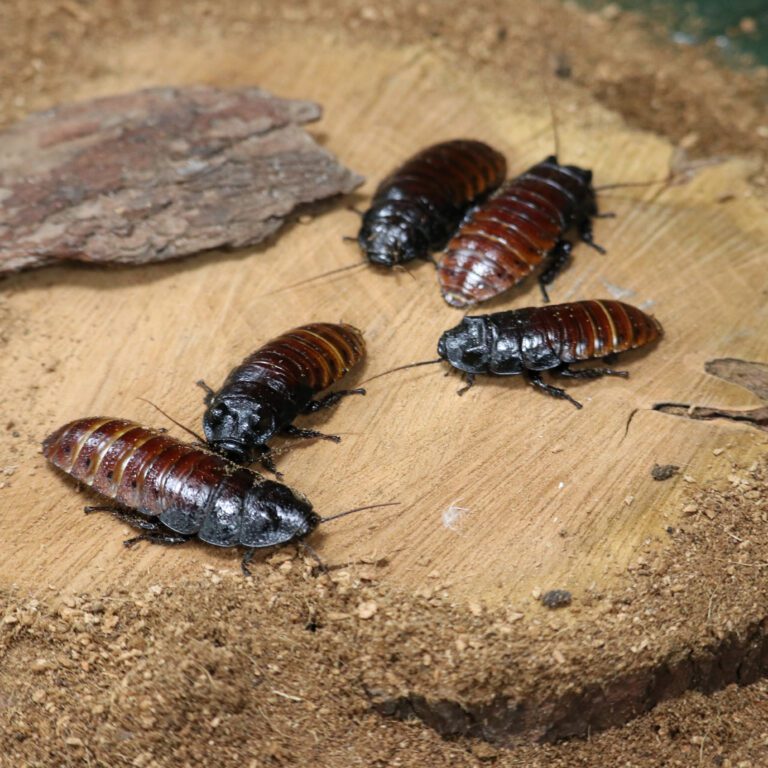






Madagascar Hissing Cockroach (Ambassador Animal)
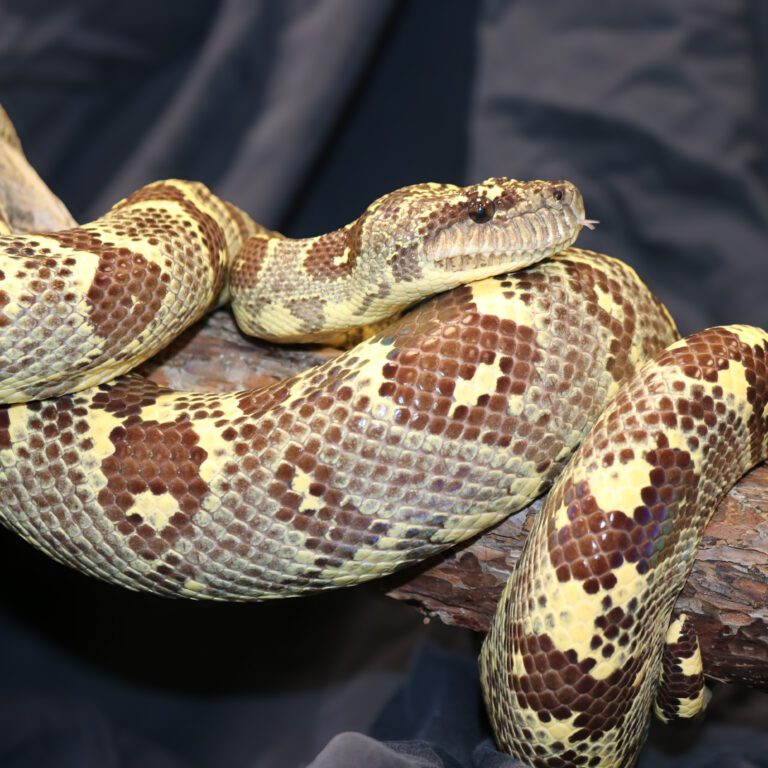






Madagascar Tree Boa (Ambassador Animal)
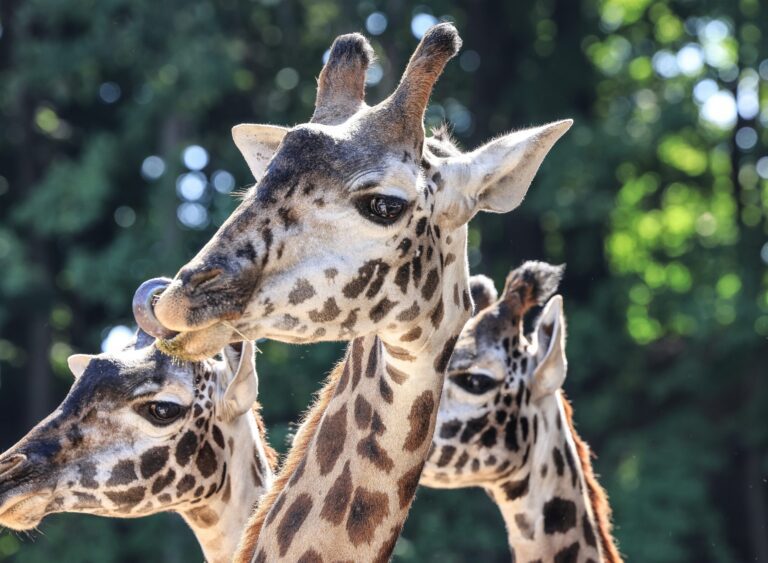






Masai Giraffe
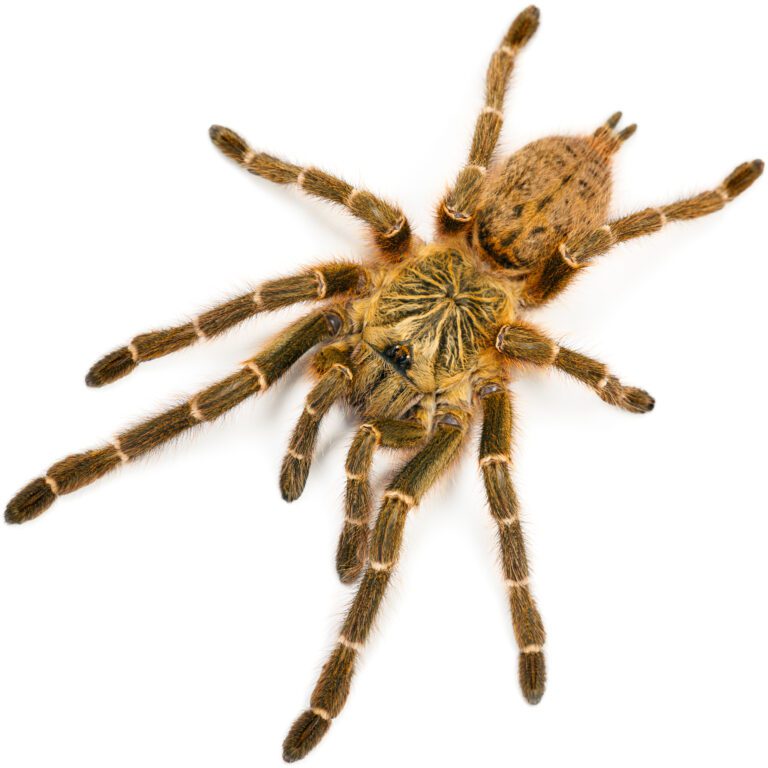






Mombasa Golden Starburst Tarantula
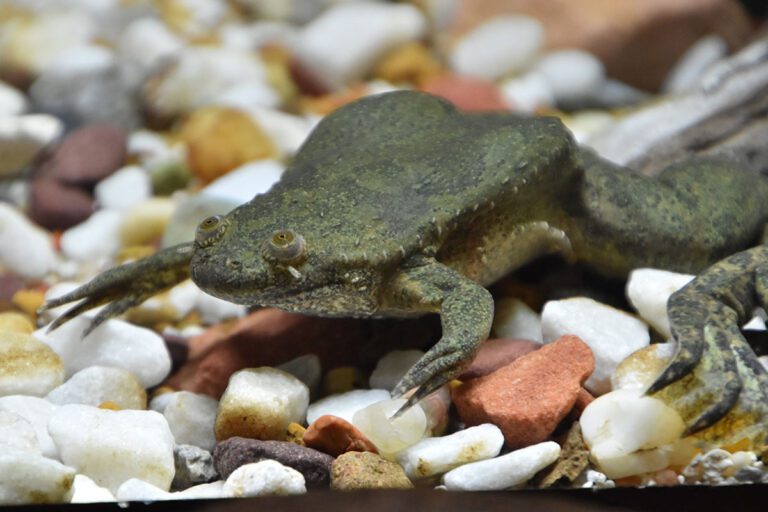






Mueller’s Clawed Frog
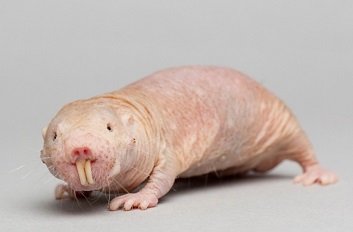






Naked Mole Rat
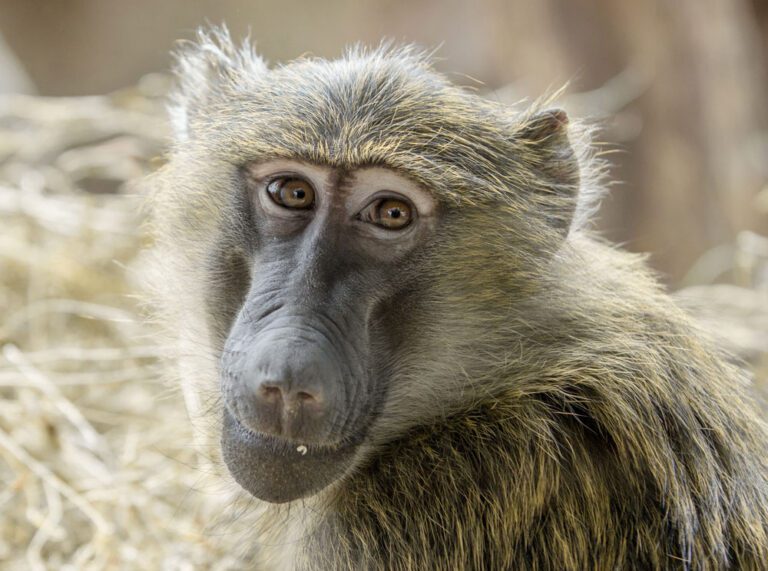






Olive Baboon
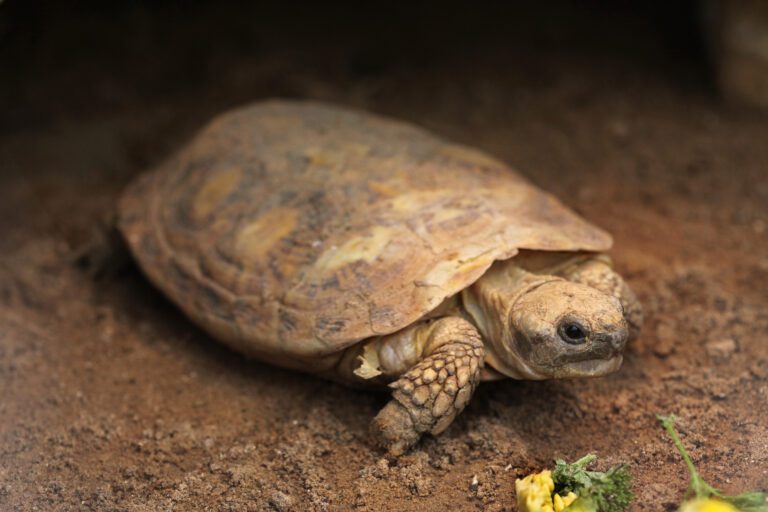






Pancake Tortoise (Ambassador Animal)
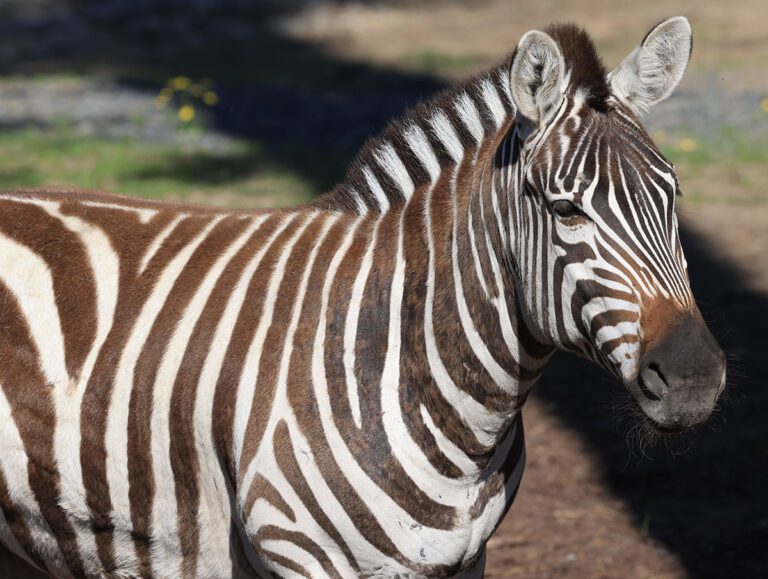






Plains Zebra
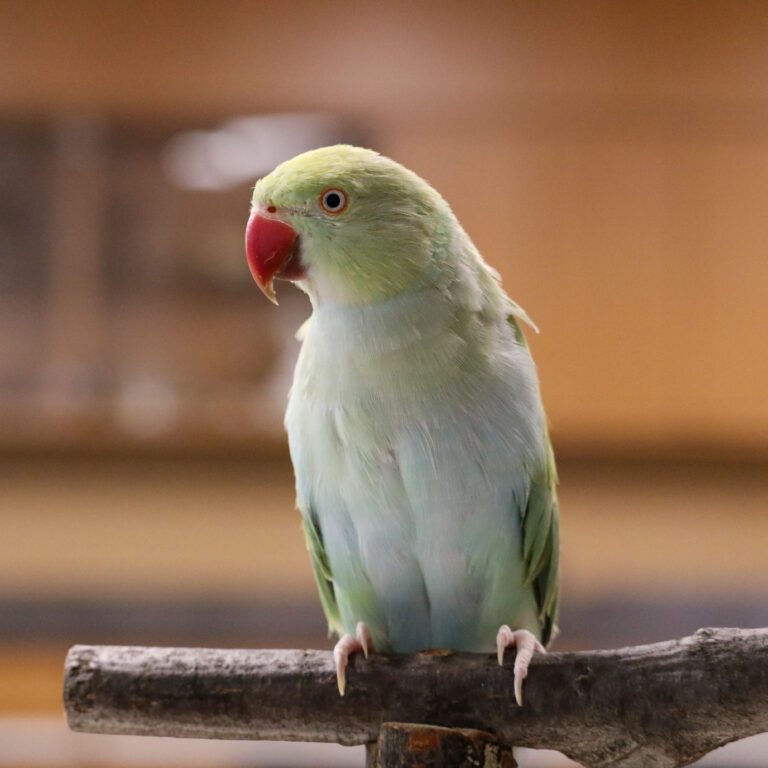






Ring-neck Parakeet (Ambassador Animal)
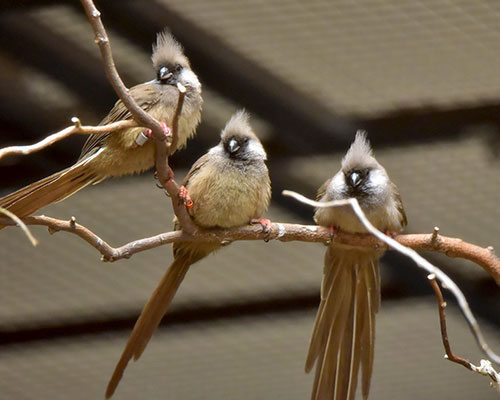






Speckled Mousebird
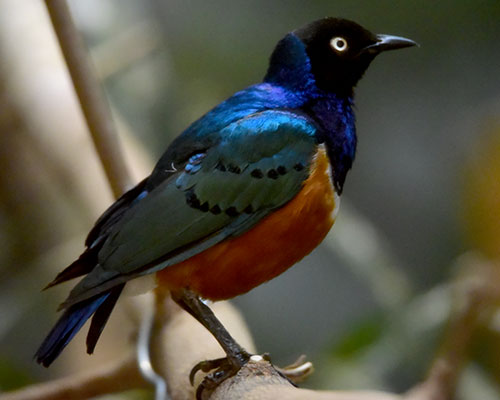






Superb Starling
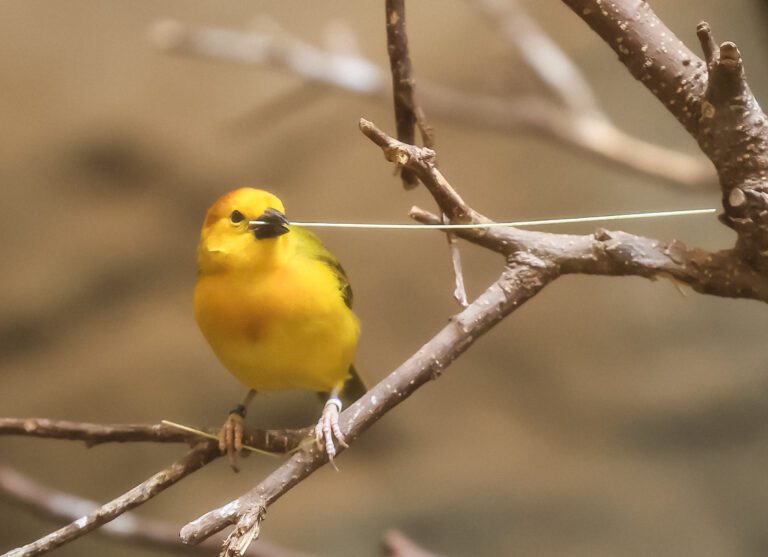






Taveta Golden Weaver
